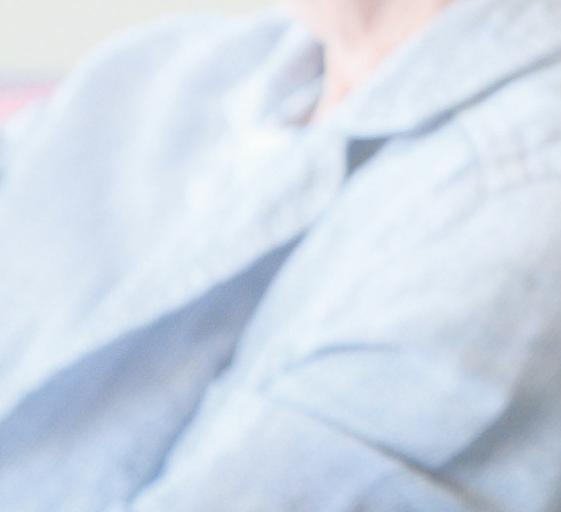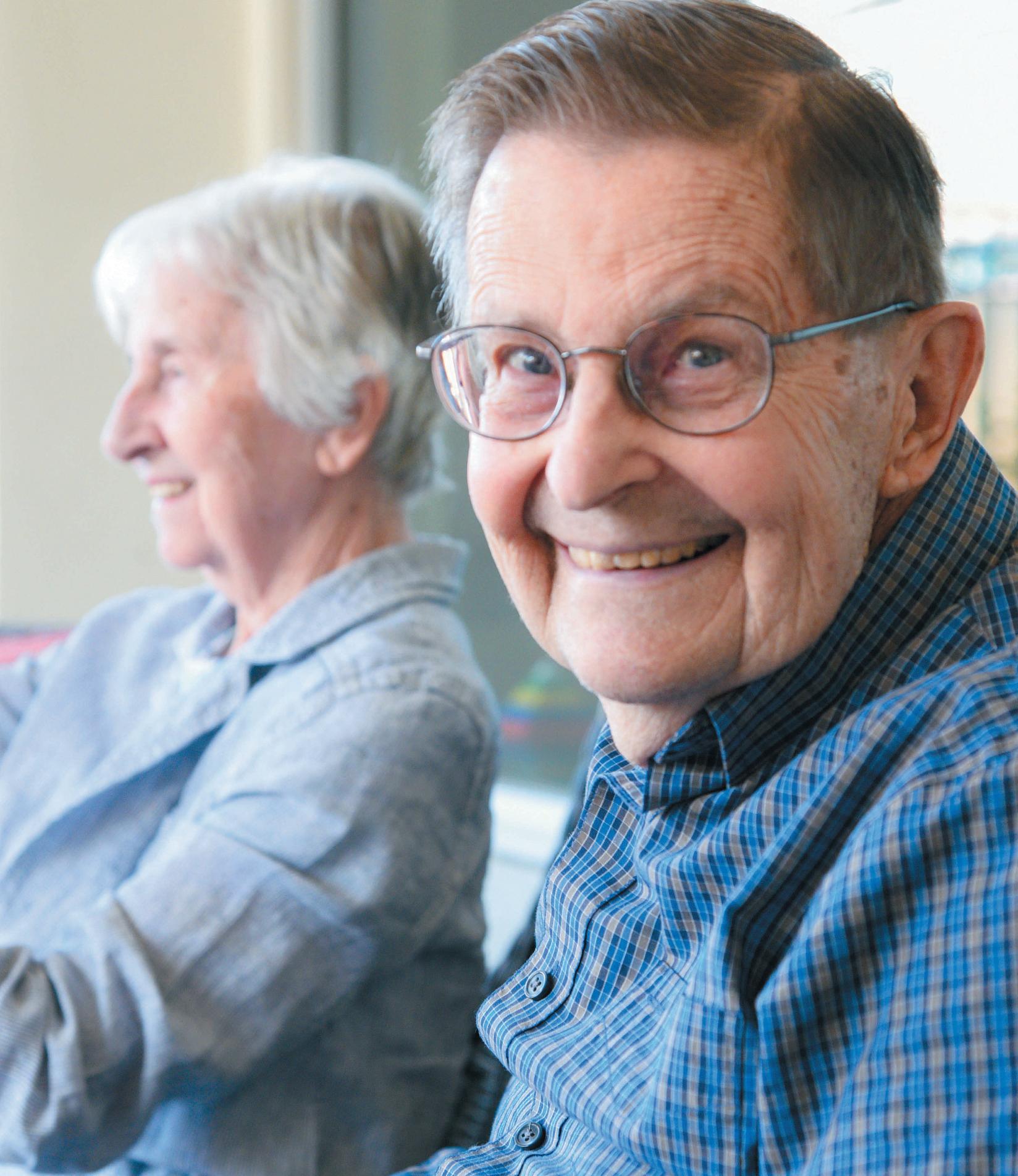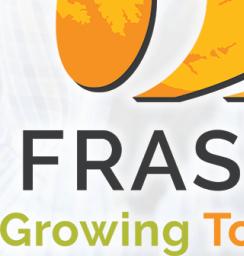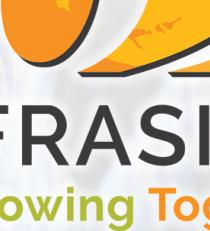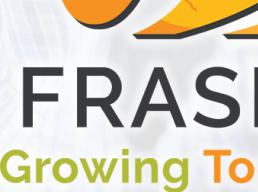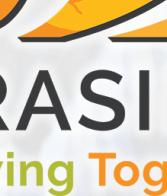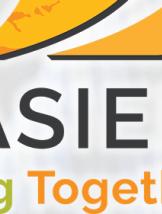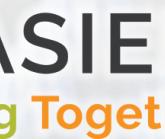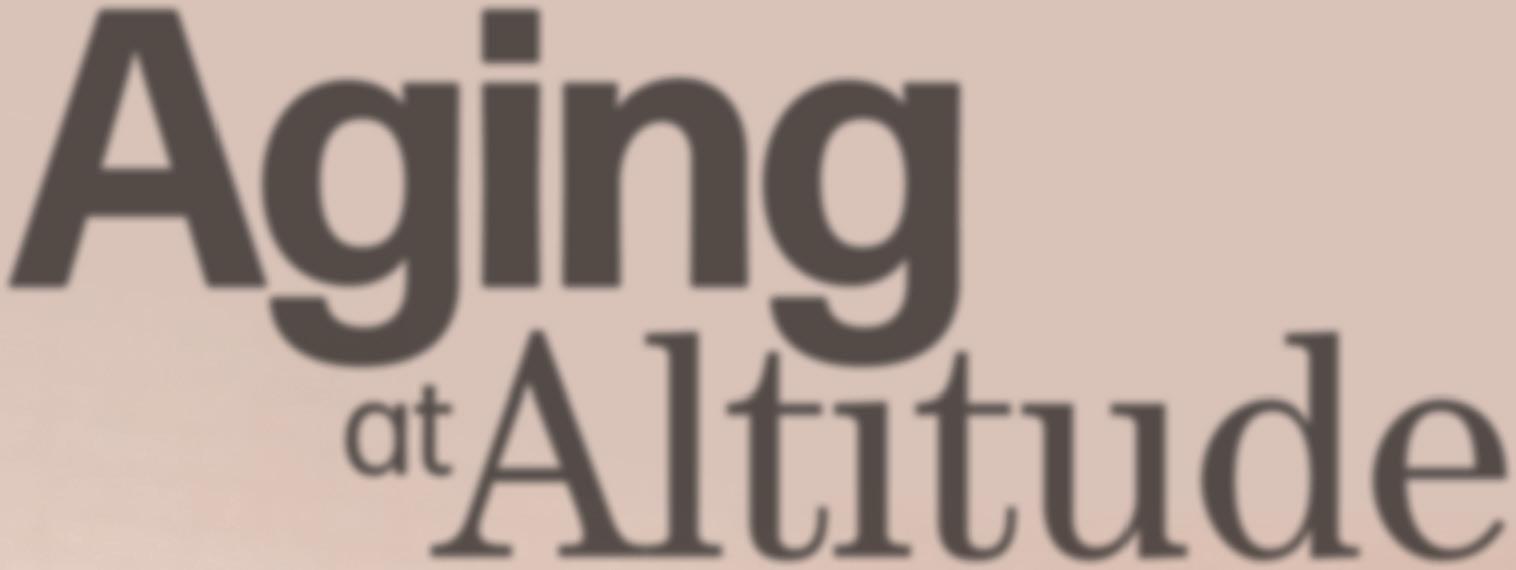

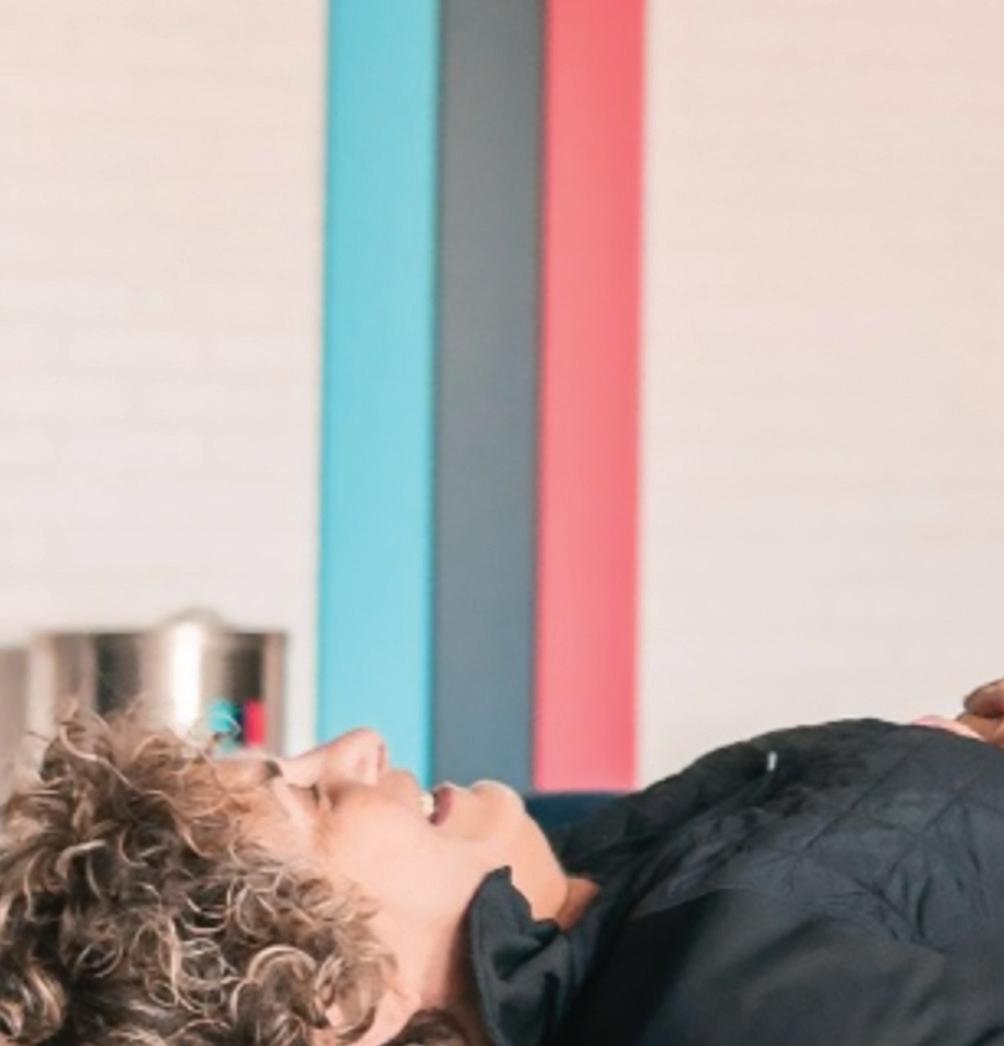



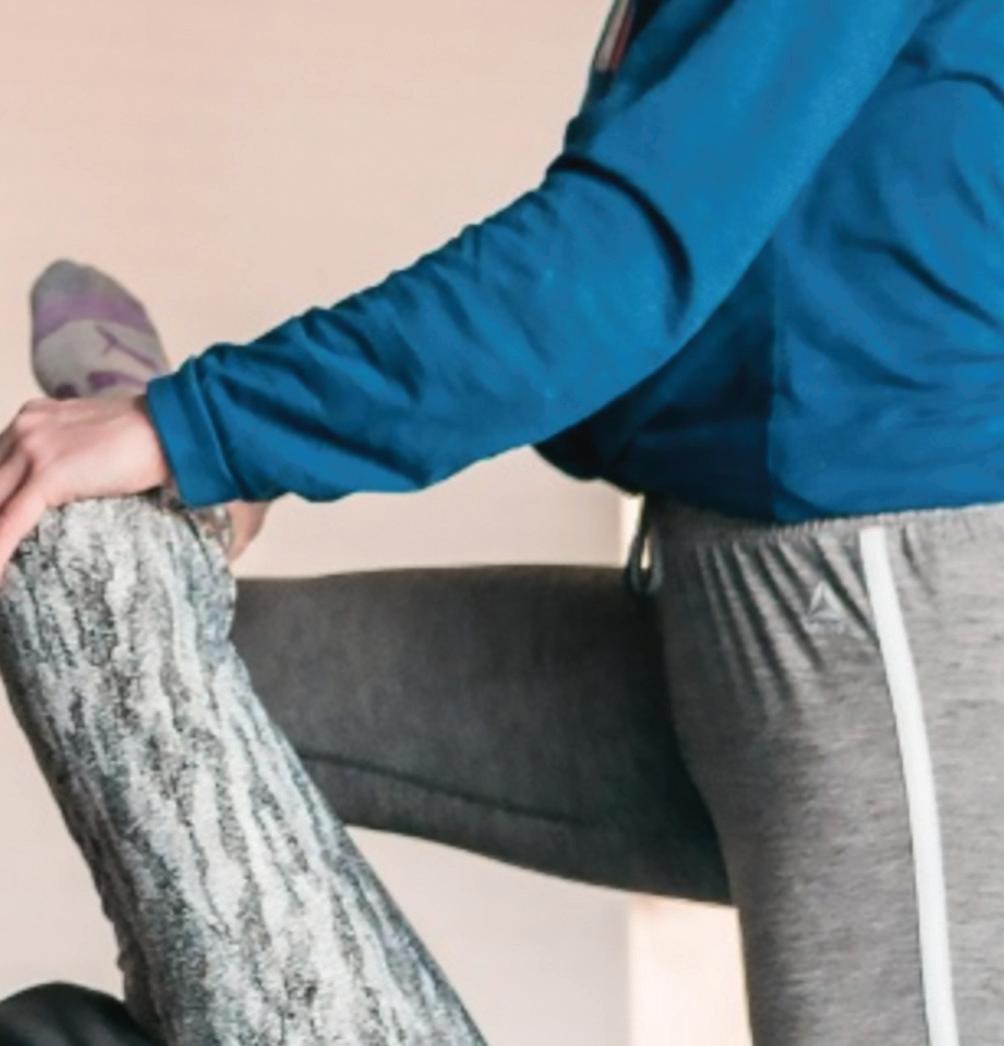
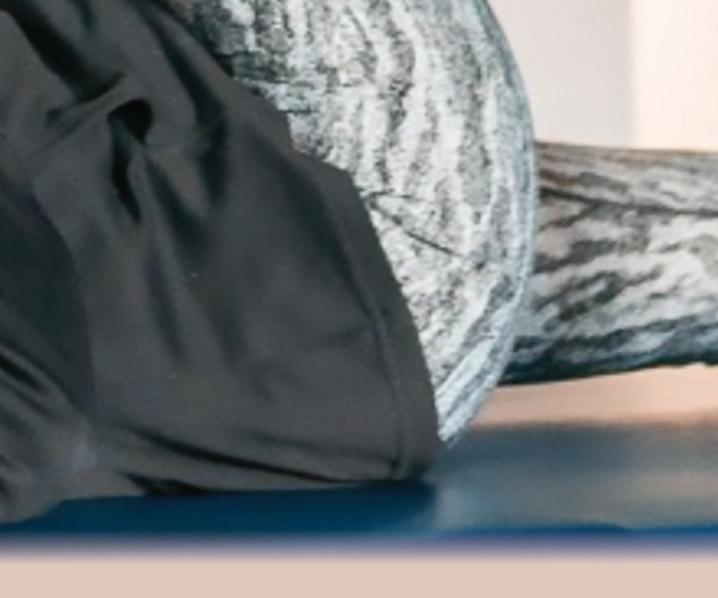







SAT., OCT. 25 8:30 A.M. TO 2 P.M. BOULDER JCC DON’T MISS THE FALL AGING EXPO!

















SAT., OCT. 25 8:30 A.M. TO 2 P.M. BOULDER JCC DON’T MISS THE FALL AGING EXPO!

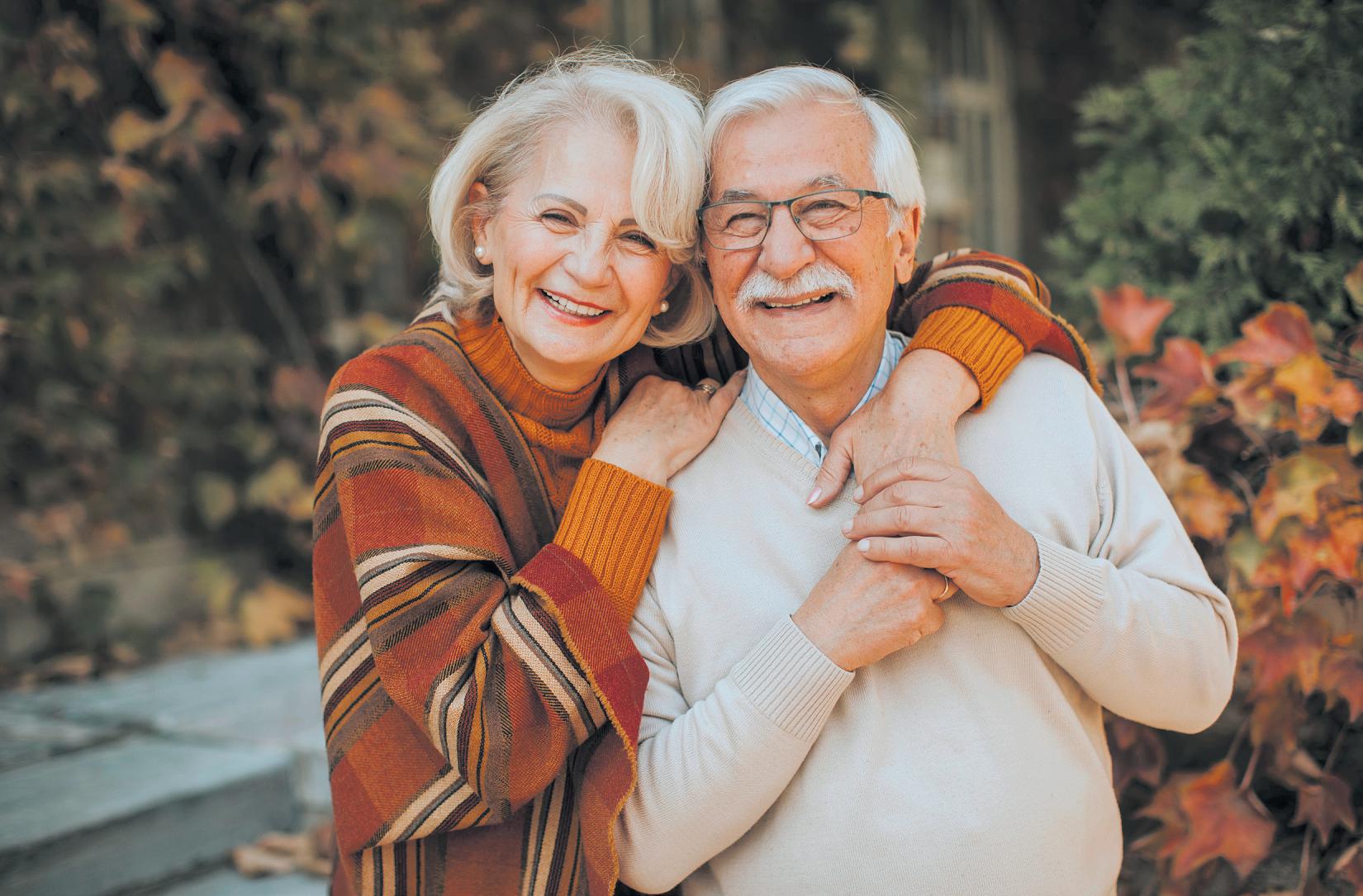
Scan QR and discover which Balfour community is right for you.
Redefining senior living in Colorado with thoughtfully designed communities, personalized care, and vibrant lifestyles - from Independent Living to Assisted Living, Memory Care, and Skilled Nursing.
With six distinctive Balfour communities across the Denver area, residents can choose the setting that best fits their lifestyle and needs. Each offers a robust life enrichment calendar curated to resident preferences, elevated dining crafted by executive chefs, and resort-style amenities and services. Our associates bring warmth and compassion, treating every resident like family. Discover the Balfour difference today - six exceptional communities, one standard of excellence.






Our skilled teamensures you’ll receive the highest quality medical care,seven days aweek. AFCServices include:
• X-rayOn-site
• Bloodwork
• Vaccinations
• Cold, Flu, andSinus Infections
• Minor Cuts, Burns, andLacerations
AFC Boulder
• STITesting
• Pink Eye
• Allergy
• Sprains &Strains
• Rashes
2795 Pearl StreetUnit #106, Boulder,CO80302
720.961.9700 |afcurgentcare.com/boulder
AFC Baseline
4800 Baseline Rd Ste D106, Boulder, CO 80303
720.961.9700 |afcurgentcare.com/baseline
AFC Longmont
589 S Hover St. Unit 500 Longmont, CO 80501
720.961 9700 I afcurgentcare.com/Longmont
AFC Louisville
1335 E South Boulder Rd #3 Louisville, CO 80027
720.961-9700 I afcurgentcare.com/Louisville
NO APPOINTMENT NEEDED
M-F:8am-8pm, S-S: 8am-5pm
Lifespan Isn’t What To Be Focused As You Age
Stronger Minds: A blueprint for brain and mental health
Why Real Food Matters for Seniors: How nutrients work together for optimum health
Healing the Heart and Mind: The promise of ketamine-assisted psychotherapy
Regenerating Hope: The hype, science and the future of
Why skin health matters more as we age
Silent Epidemic: Addressing hearing loss and how modern solutions reduce
• IV Fluids
• Pneumonia
• Urinary TractInfections
• Bronchitis andStrep Throat
• Andmore!

CONTRIBUTING WRITERS
Darian Armer, Linda Thorsen Bond, Barbra Cohn, Matthew L. Van Deventer
Jared Fiel, Rebecca Furuta, Adam Goldstein, Sarah Huber, Courtney Johnson, Julie Kailus, Ross Maak, Wendy McMillan, Darren Thornberry, Kristen M. White, Shelley Widhalm, Amy Harris Van Vranken
SPECIAL SECTION COORDINATORS
Greg Stone, Jody Carlile
MARKETING CONSULTANTS
Julie Casper, Pete Christiansen, Ruth Garfield, Susan Giglio, Thais Hafer, Keith Kratochvil, Parker Krug, Abbie Lance, Sara Luttes, Billy Magrini, Desirea Martinz, Jeri Martinez, Dale Sekuler Francine Wahlgren
ADVERTISING COORDINATOR
Jeanine Fritz
PUBLISHER
Jill Stravolemos
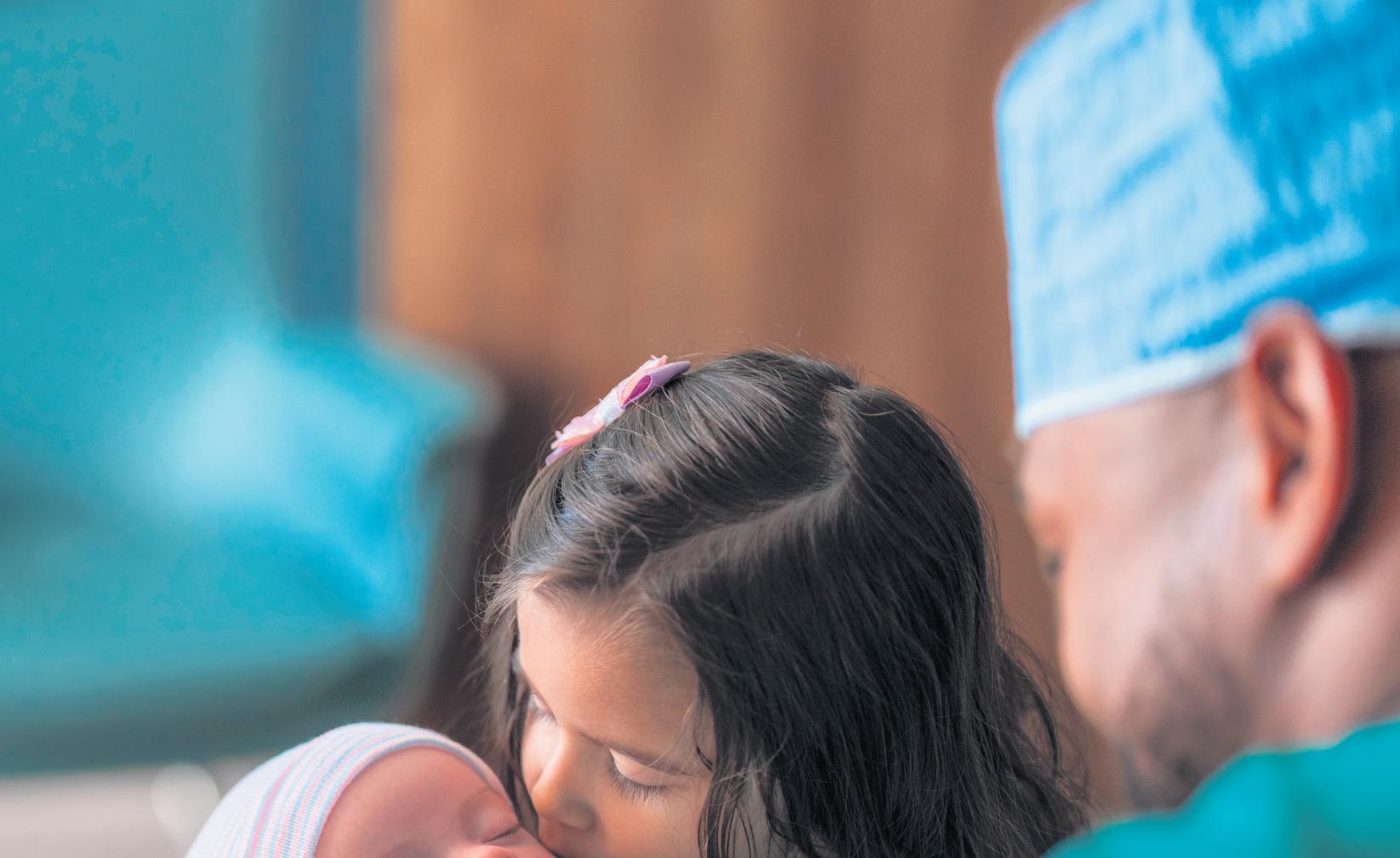











SATURDAY, OCT. 25 8:30 a.m. to 2 p.m.
BOULDER JCC, 6007 OREG AVE., BOULDER
LOBBY
8:30-8:50 a.m | Behind the Scenes of Medicare in 2026, presented by Mary Hansen, Medicare Insurance Agent & Consultant
9-9:20 a.m. | Say Goodbye to Traditional Retirement — Why It’s More Difficult to Retire and What to Do About It, presented by Gabe Bodner, The Bodner Team: One Trust Home Loans
9:30-9:50 a.m | Is It Time? When to Consider Your Senior Care Options, presented by Craig Luzinski, CEO and Lisa Bryant, Director of Community Awareness and Development, Hover Senior Living Community
10-10:20 a.m. | From Social Stigma to Therapeutic Solution: Exploring the Science of Cannabis as a Natural Agent for Vitality and Well-Being, presented by Ally Feiler-Downing, CEO/Founder, Green Tree Medicinals
10:30-10:50 a.m | Why Real Food Matters: How Nutrients Work Better Together, presented by Chelsea Wisch, Registered Dietician, Frasier
11-11:20 a.m. | Sustainable Legacies: Eco-Friendly Funeral Choices. Explore Terramation, Water Cremation, and Green Buria, presented by Austin Timpson, General Manager The Natural Funeral. Learn how these practices work, their growing popularity, and how they honor loved ones while reducing environmental impact
11:30-11:50 a.m. | Steroid Injections/Surgery vs. Non-Surgical Regenerative Medicine: An Update on Outdated Thinking, presented by Aneesh Garg, DO, CAQ, Dynamic Athlete
12-12:20 p.m. | The Difference Between Health Span & Life Span, presented by Dr Natalie Lyle, Chiropractor, Terry Chiropractic Boulder
12:30-2:50 p.m. | Securing the Compensation You Deserve: A Guide to EEOICPA Benefits for Former Energy Workers Exposed to Radiation, Beryllium, Silica and other Toxic Substances, presented by Stephen Dellerba, Patient Development Coordinator, Giving Home Health Care
1-1:20 p.m. | Expanding Possibilities: Ketamine-Assisted Psychotherapy (KAP) for Late-Life Depression and End-of-Life Care, presented by Guili Zavaschi, LPC and Elliot Good, DNP, Amavi Integrative Mental Wellness, LLC Gain insights into the efficacy, safety and impact of ketamine treatment for depression, mental health conditions and quality of life in older adults including its role in hospice and palliative care.
Registration Required)
8:30-8:50 a.m. | Geriatric Medicine – Advanced Care Planning, presented by Liz Lycett, MD, board-certified internist and geriatrician, Boulder Community Health
9-9:20 a.m. | Advanced Non-Surgical Treatments for Aches & Pains, presented by Cliff Gronseth, M.D and founder, Spine West
9:30-9:50 a.m. | Too Many Pills: Navigating Polypharmacy, presented by Anne Giesen, DO and board-certified geriatrician, Sky Health Services Explore the critical issue of polypharmacy and how the aging body processes and stores medications differently. Learn strategies for how you ensure you’re taking only the necessary and most beneficial treatments
10-10:20 a.m. | Serving as a Fiduciary, Medical or Financial Agent: Roles, Responsibilities, Pitfalls, presented by Ashley A. Geary Shareholder / Attorney, Jorgensen, Brownell & Pepin, P.C.
10:30-10:50 a.m. | The Human Side of Smart Hearing: What Research and Real Lives Reveal About AI, OTCs, and Expert Care, presented by Georgianna Hearne, Au.D., CCC-A, Doctor of Audiology, Clinical Director and Paige Andrade, Au.D., CCC-A, FAAA, CH-TM Doctor of Audiology, Family Hearing
11-11:20 a.m. | Medicare’s Big Changes for 2026. Don’t Get Left Behind: Navigating Your Medicare Plan, presented by Ron Vejrostek, Medicare Insurance Agent, Vejrostek Tax & Financial
11:30-11:50 a.m. | Your Brain & Mental Health Blueprint, presented by Ilene Naomi Rusk, Ph.D, The Brain and Behavior Clinic
12-12:20 p.m. | Optimize Your Brainspan: The Brainspain Blueprint: Top Tips for Preserving Brain Health, presented by Jessica Knape, MD, board-certified in internal medicine and integrative and holistic medicine, HealthSpan Internal Medicine
12:30-12:50p.m. | Protecting Your Family and Assets: Avoiding Incapacity and Probate, presented by Diedre Braverman, Managing Attorney, Braverman Law Group
1-1:20 p.m. | Downsizing Your Stuff Before Downsizing Your Home, presented by Beth Blacker Founder It’s Just Stuff
1:30-1:50 p.m. | Diagnosis Schmosis: Breakthroughs with Advanced Integrative Medicine, presented by Erika F Marie, DACM, LAc., Dipl. Ac, Founder, Chiyu | Acupuncture & Integrative Medicine
AFC Urgent Care
AgeWise Colorado
ALTA Sports Physical Therapy and Pilates
Amavi Integrative
Mental Wellnes
Balfour Senior Living
Bath Fitter
Biscochito Homecare
Boulder Community
Health
Boulder County Area Agency on Aging
Braverman Law Group
Brookdale Senior Living
Care Matters Always
Chiyu | Acupuncture & Integrative Medicine
Colorado Center for Dermatology & Skin Surgery
Dignity Care
Dynamic Athlete Sports Medicine & Regenerative Orthopaedics
Edward Jones: Brett Wiley, Financial Advisor
Family Hearing
Flatirons Terrace
Senior Living
Frasier
Giving Home Health Care
Golden West
Senior Living
Green Tree
Medicinals
Greenwood & Myers Mortuary
Griswold Home Care
Healthspan Internal Medicine
Hearing HealthCare Centers
Home Instead Louisville
Hover Senior Living Community

Intermountain Health Good Samaritan Hospital
It’s

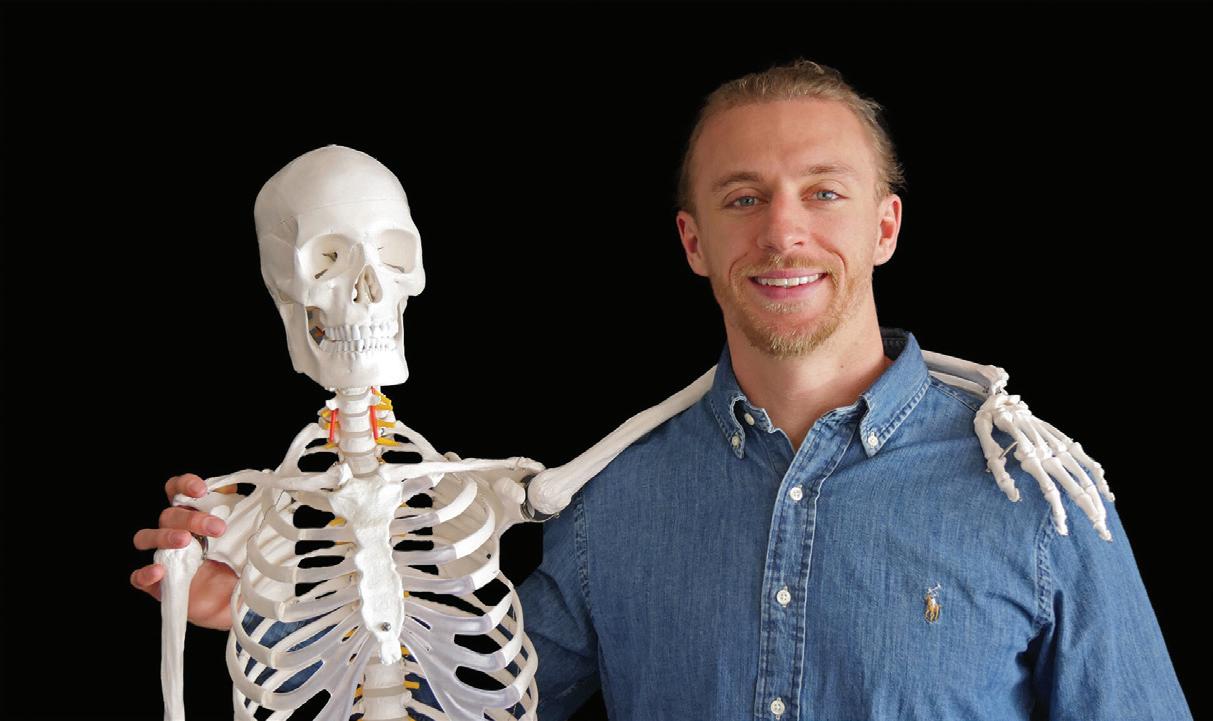


By Jared Fiel Aging at Altitude
Sara was facing her 50s, overweight and suffering from sleep apnea, diabetes and high blood pressure.
Over the past year, Sara worked with Dr Jessica Knape at Healthspan Internal Medicine in Boulder, who helped her shift her focus from living longer to living better Sara lost 50 pounds and reversed the sleep apnea, diabetes and high blood pressure.
“Her energy is through the roof, and her brain fog has reversed,” Knape said.
Turning the focus for seniors from looking at their lifespan and focusing on “health span”, to which Knape also looks at “brainspan,” can help seniors find true happiness in their golden years.
“Lifespan is our total years on earth. Health span is the years we live well – free from illness and disability,” Knape said. “There’s also Brainspan: the length of time we enjoy sharp thinking, good memory and emotional vitality I believe our goal should be to maximize all three – so we stay independent, engaged and mentally vibrant throughout life.”






























Dr. Alexander Duff, chiropractor at TCB Chiropractic Vitality Studio in Boulder, agrees. “At our office, we focus on helping patients extend their health span, so they can enjoy the things they love for as many years as possible – not just add years to their life, but life to their years,” he said.
Making that mind-shift for seniors is something most can get behind. “We start by focusing on function and quality of life,” he said. “Many seniors assume stiffness, balance issues or fatigue are just part of aging – but they don’t have to be. Once we show them how small improvements in mobility, posture and nervous system function can lead to more energy and less pain, they begin to see what’s possible. We meet patients where they are and celebrate each win, no matter how small.”
Knape sees a similar connection. “I find that focusing on living well and staying sharp really clicks for people. Everyone wants to keep doing what they love, whether that’s enjoying family, hobbies or
travel,” she said. “Explaining that small changes can improve both overall and brain health helps make these concepts real and motivating.”
But the big difference between changing the mindset and actually seeing results is to do the work.
Knape said it’s never too late to start. “Small shifts in diet, movement or sleep can benefit both health span and brain span.
Activities that support the body – like nutritious meals and gentle exercise – also protect the brain, leading to more energetic days and clearer thinking,” she said. “At my clinic, I see firsthand how these changes can boost both vitality and cognitive function, and I’m excited to see true improvements even in my patients with advanced illness such as dementia.”
Knape said recently, an 80-yearold woman with dementia has seen “improvements in her memory since committing to brain training with Brain HQ and changing her diet and lifting weights in the gym.”
Duff agrees. “The body has an
amazing ability to adapt and heal, even later in life.”
Duff offered some key places to start:
1. Movement: Gentle, consistent activity like walking, stretching or chair yoga.
2. Nutrition: Focus on antiinflammatory foods – fresh fruits, vegetables, lean proteins and healthy fats.
3. Hydration: Many older adults are chronically dehydrated, which impacts joint health and energy
4. Chiropractic care: Regular adjustments help improve mobility, balance and coordination by keeping the spine and nervous system functioning properly
Knape has some other ideas for getting started. “Start with small steps that are easy to stick with: increase protein and cut back on sugar, add a 10-minute walk or call a friend to share a laugh,” she said. “Each healthy habit
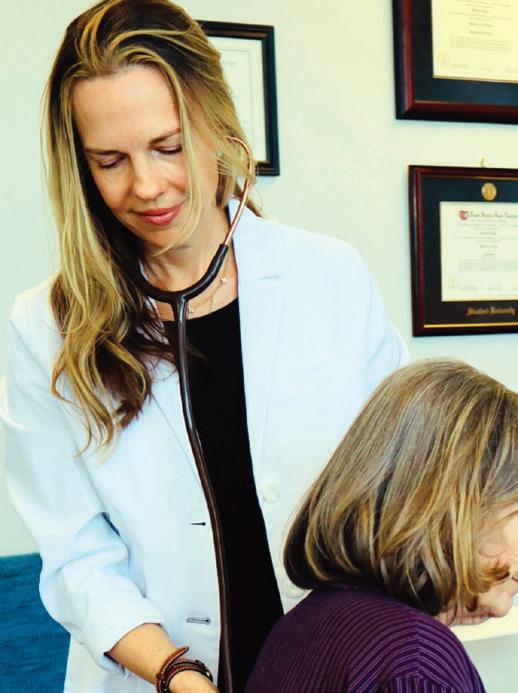
Dr. Jessica Knape, owner of Healthspan Internal Medicine will have a talk at the Aging at Altitude Expo called “The Brainspan Blueprint:Tips for optimal brain health at any age.”
supports both your body and your brain, helping you stay sharp and independent for years to come. Consistency is key – and it’s never too early or too late to begin.”
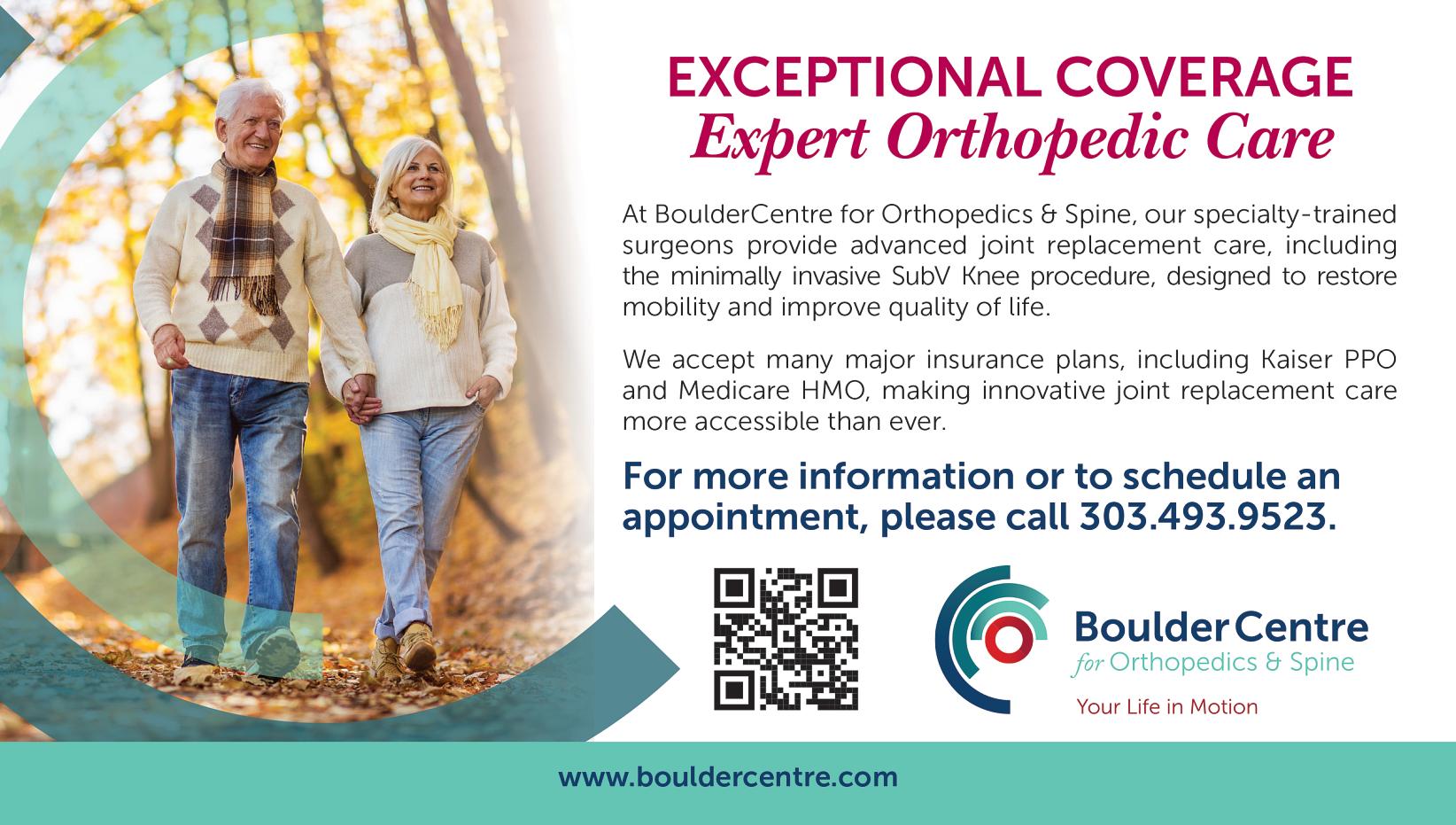

By Shelley Widhalm Aging at Altitude
Dementia isn’t just a memory issue, it has a whole host of potential causes, from poor sleep and social isolation to a long list of medical issues like high blood pressure. There are many types of dementia, and Alzheimer’s disease is the most common.
“There are so many modifiable root causes for dementia and many ways to decrease those risks,” said Dr. Ilene Naomi Rusk, clinical neuroscientist and director of the trauma and rehabilitation
programs at The Brain and Behavior Clinic in Boulder, Denver and Colorado Springs. “Even if you already have cognitive decline, there are many things you can do to improve your physical, emotional and brain health. We call it Brainspan – living long with cognitive vitality.”
Founded in 1985, The Brain and Behavior Clinic provides integrative neuropsychological and brain health care aimed at recovery, prevention and optimal cognitive function. Its team offers neuropsychological testing, diagnosis, treatment and neuroeducational services, addressing anything from post-concussion
syndrome to abnormal memory loss and dementia. Since its founding, the clinic has treated more than 11,000 patients.
“What makes our clinic unique is that we’re community-facing and education-focused,” Dr Rusk said. “We help people who want to think more clearly, feel better emotionally and live longer, healthier lives with brain health. We use a functional medicine approach to look for the root causes.”
Dr. Rusk and her clinicians recommend that adults over 55 begin with a baseline neuropsychological assessment to evaluate cognitive functioning.
They then analyze medical and lifestyle factors – such as medications that may affect cognition, gut health, sleep, nutrition, exercise and stress. They also may include genomic testing with a physician to personalize recommendations based on a patient’s unique genetic makeup. The clinic employs an integrative model organized into 12 pillars of brain health, each addressing habits that support cognition and longevity. The pillars emphasize healthy eating, regular exercise, restorative sleep, stress resilience, mental stimulation and social connection. The goal is to maintain physical,
mental and emotional wellbeing while delaying age-related cognitive decline.
“There’s strong evidence that consistent positive habits protect the brain,” Dr. Rusk explained. “In one study, people improved their thinking most when they had structured, personalized coaching and community support. People need guidance, and they need it tailored to them.”
Within the pillar of stress management, Dr Rusk emphasizes techniques such as meditation, yoga, breathwork and vagus nerve exercises to calm the nervous system.
“The vagus nerve is a long, wandering nerve that connects the brain and body,” Dr. Rusk said. “It tells us whether we’re safe and calm or threatened and distressed.”
Dr Rusk recommends other dementia-prevention practices, such as getting adequate sleep, which clears toxins from the brain, and regular exercise to improve blood flow and strengthen neural connections. A whole food diet
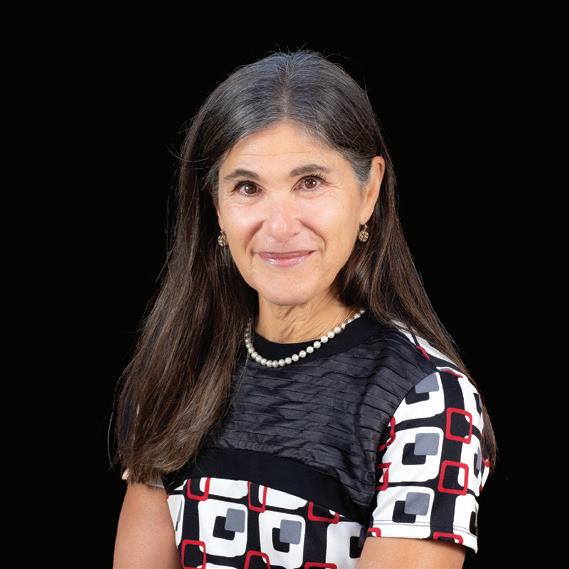
rich in leafy greens and berries – and low in sugar and ultraprocessed foods – is another way to support brain health. Cognitive stimulation through reading, puzzles or brain games can also further enhance memory and focus.
”Just like you get a blood test every year, you should get a brain health check-up,” Dr. Rusk said. “Symptoms of dementia
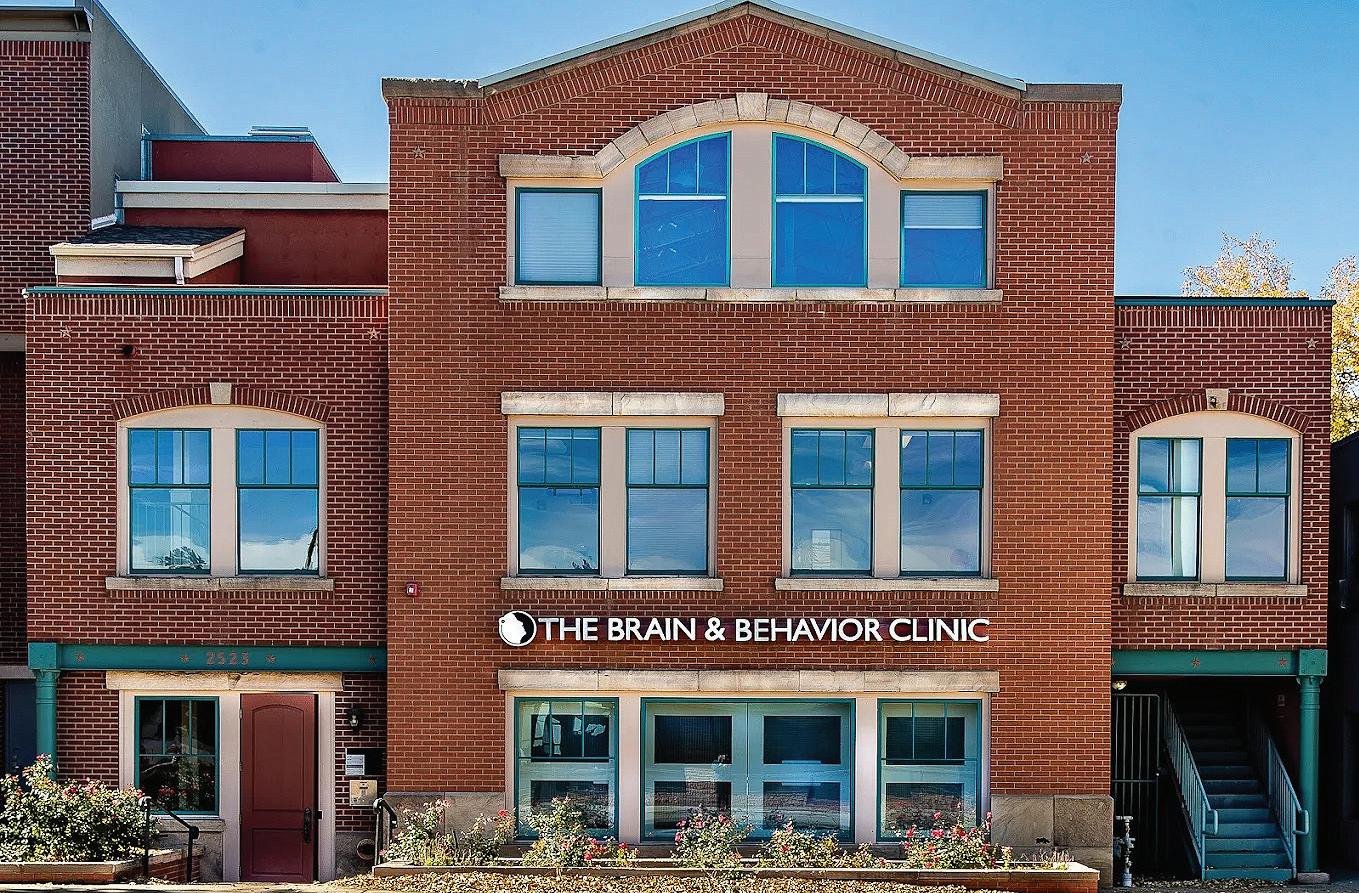
often appear 10 to 20 years after changes begin, so prevention is best started early, but it’s never too late.”
Ultimately, the clinic’s approach combines science, psychology and lifestyle medicine to create a personalized treatment plan for every dimension of a patient’s
well-being– cognitive, emotional and social.
“I don’t think there will ever be a single pill that preserves cognition or prevents dementia,” Dr Rusk said. “We’re not powerless. We are capable of rewiring our aging brains – and these are very hopeful times.”

Growing older may be a blessing, but it isn’t easy What used to be effortless (getting out of bed, tying shoelaces, and even walking) is now tiring and causes bothersome, persistent pains
For Mary, 74 years young, the biggest problem was not being able to lift her grandkids. “My neck and hands hurt so bad And I didn’t have the energy ”
Luckily, a friend who had completely recovered from Long Covid with Dr. Marie’s help recommended she also consult with Erika F Marie, DACM, the founder of Chiyu Acupuncture and Integrative Medicine in Longmont.
“Mary struggled with painful arthritis and fatigue,” Dr Marie says “She
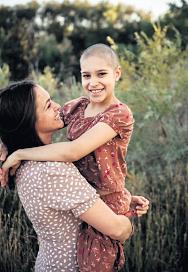
had lived an amazing life and wasn’t willing to give it up I agreed she didn’t need to ”
Using breakthrough therapies such as ATP Biotherapy and Ozone


Therapy as well as acupuncture and herbal medicine, Dr. Marie helped Mary live life pain-free again.
“It’s a bit miraculous,” laughs Mary “I do more these days than I did when I was 50, and its all thanks to Chiyu Acupuncture and Dr Marie ”

7 2 0 - 2 1 3 - 4 9 9 9








“Building your meals with real, whole foods is one of the simplest and smartest steps you can take for better health.”
at the Aging at Altitude Expo this month on how seniors can maximize their nutritional punch long into retirement. Some of her top guidelines include making the most of foods that help seniors feel their best, pairing specific foods at mealtime to enhance the body’s absorption of vitamins and knowing when to consider supplements. She said, “Building your meals with real, whole foods is one of the simplest and smartest steps you can take for better health.”
By Sarah Fuhrey Huber Aging at Altitude
Photos courtesy: Fraiser
These days, it seems like there’s a supplement for everything – one pill for vitamin D, another for calcium and a third for energy or immunity But according to registered dietitian Chelsea Wisch, the magic happens when nutrients are derived from food, as nature intended. Wisch, who works with seniors at Frasier retirement community in Boulder, is speaking
Seniors are more likely to experience muscle wasting and to have a higher protein requirement than other adults. Wisch said, “Our goal is to preserve lean muscle by prioritizing protein on your plate.” To that end, she consults with the executive chef at Frasier to ensure that each resident is offered at least 2,200 calories and 90 grams of protein per day – a balanced diet for the average senior, Wisch said. Meat and dairy fill the menu, as do fruits and vegetables. “Animal protein is easier for humans to digest,” she noted, and contains the essential amino acids the body needs to form protein. A protein-rich diet supports muscle growth and repair. “Protein is also important for skin integrity and helps with healing wounds and pressure injuries,” she said.
For simplicity, some seniors will pop a multivitamin instead of eating fruits and vegetables. However, said Wisch, “you can’t substitute real food with a vitamin.” In fact, some vitamins and minerals need other vitamins to be activated: The body will

better process iron, for example, if it is consumed alongside vitamin C-rich foods. At the same time, “you don’t want to eat iron with calcium,” she said, as calcium can hinder the absorption of iron. The answer to the food web of “when and what vitamins” is real food: Eating meat or fish with vegetables high in vitamin C, such as broccoli or red bell peppers, provides fuel that is ideally balanced for health. Since vitamin D and calcium are the scaffolding for strong bones, milk is one of Wisch’s go-to

foods to support seniors’ vitamin D requirements. Seniors who are lactose-intolerant can get vitamin D from fish, mushrooms, and eggs.
“It might be that a resident is struggling with chewing meat,” or eating in general, Wisch said. In that case, the team at Frasier may mince or puree food. If a supplement is necessary, “we make it delicious,” she said. Quality
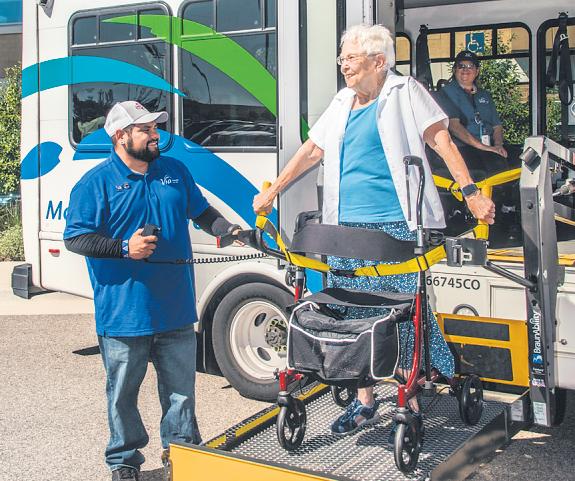
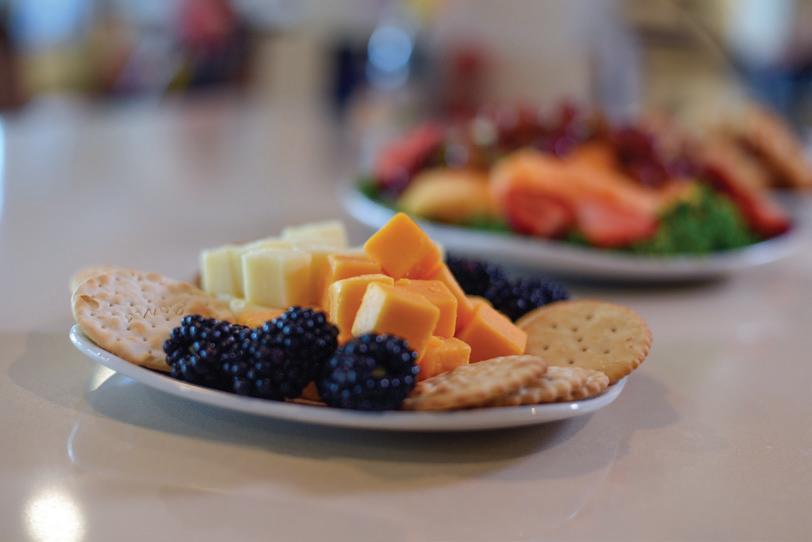
protein powder can be blended with milk and fruit to maximize its nutritional value. Cream may be used to add calories, as “it’s hard to maintain your caloric needs on a puree diet,” she said.
Perhaps the best news is that seniors enjoying a balanced diet will feel better, said Wisch. They will avoid spiking their blood sugar with overly processed foods, which can cause fatigue and negatively impact brain health. Even more, by eating healthy, they can dramatically improve their
ailments, such as diabetes and cardiovascular disease.
Because appetite tends to decrease with age and can be additionally suppressed by medication, “it’s important for the food to taste good,” Wisch said. Meals at Frasier are considered for health, ease of consumption and “deliciousness,” she said with a laugh. “Residents say meals are their favorite part of their day.”

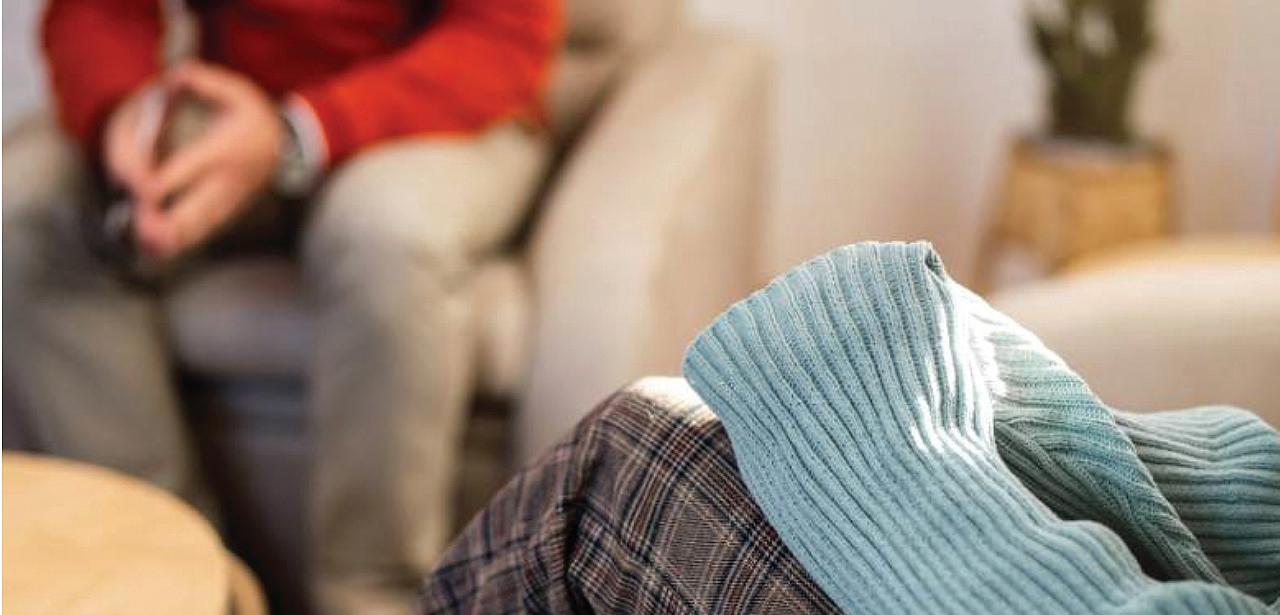
By Julie Kailus Aging at Altitude
With rapid relief and deep emotional healing, ketamine-assisted psychotherapy (KAP) offers older adults renewed vitality, peace and connection even when other treatments have failed.
Aging brings many gifts, but it can also usher in complex emotional challenges like grief, depression, anxiety and trauma that often go unresolved for decades. For older adults seeking new ways to reconnect with joy
“We’re seeing patients who’ve struggled for years begin to feel lighter, more engaged, and emotionally open within days.”
and meaning, KAP is emerging as a groundbreaking, safe and compassionate treatment that delivers fast, lasting relief.
“We’re seeing patients who’ve struggled for years begin to feel lighter, more engaged and emotionally open within days,” says Elliot Good, CEO at Amavi Integrative Mental Wellness, a leading center offering KAP to older adults and those in end-of-life care. “It’s incredibly
rewarding to witness that kind of transformation.”
KAP combines low-dose ketamine – a medication with a 50-plus year track record and a place on the World Health Organization’s “List of Essential Medications”– with integration-focused psychotherapy.
This powerful pairing supports emotional healing by enhancing neuroplasticity – the brain’s ability to form new, healthier connections.
“Unlike traditional psychiatric medications that may take weeks or months to show results, ketamine can offer relief within hours or days,” Good says. “But the guidance of a skilled KAP therapist is essential.”
At Amavi, every KAP session is grounded in intentional preparation, compassionate presence and post-session integration. Patients are supported by a team of experts, including a psychiatric nurse practitioner, a
medical assistant and a dedicated therapist, ensuring both physical safety and emotional care throughout the process.
As we age, emotional patterns can become deeply ingrained, making them harder to shift with talk therapy alone. KAP offers a unique advantage by gently opening the brain to new ways of thinking and responding – especially for those living with long-term depression, anxiety, grief or trauma.
“KAP supports the brain’s natural renewal process,” Good says. “Older adults often experience a surge in emotional energy, clarity and motivation, sometimes after just one session.”
Key benefits of KAP for older adults include gentle relief within days, renewed emotional connection and greater flexibility to let go of old thought patterns. It can also provide meaningful support when navigating chronic illness, grief, trauma or major life
transitions.
Real-world transformations include older adults reengaging with family, reconnecting with loved ones and finding peace to complete legacy projects or pursue new passions.
KAP is also finding a powerful role in hospice and end-of-life care, where emotional and spiritual suffering can be profound. For individuals facing their final chapter, traditional therapies may not fully address existential distress, fear or unresolved pain.
“When healing becomes about comfort and connection rather than cure, KAP can offer immense relief,” Good says. “Patients often describe a deep sense of calm, reflection, and renewed closeness with family.”
It’s estimated that 25 to 40% of hospice patients could meaningfully benefit from KAP, finding peace, acceptance and the ability to approach death with
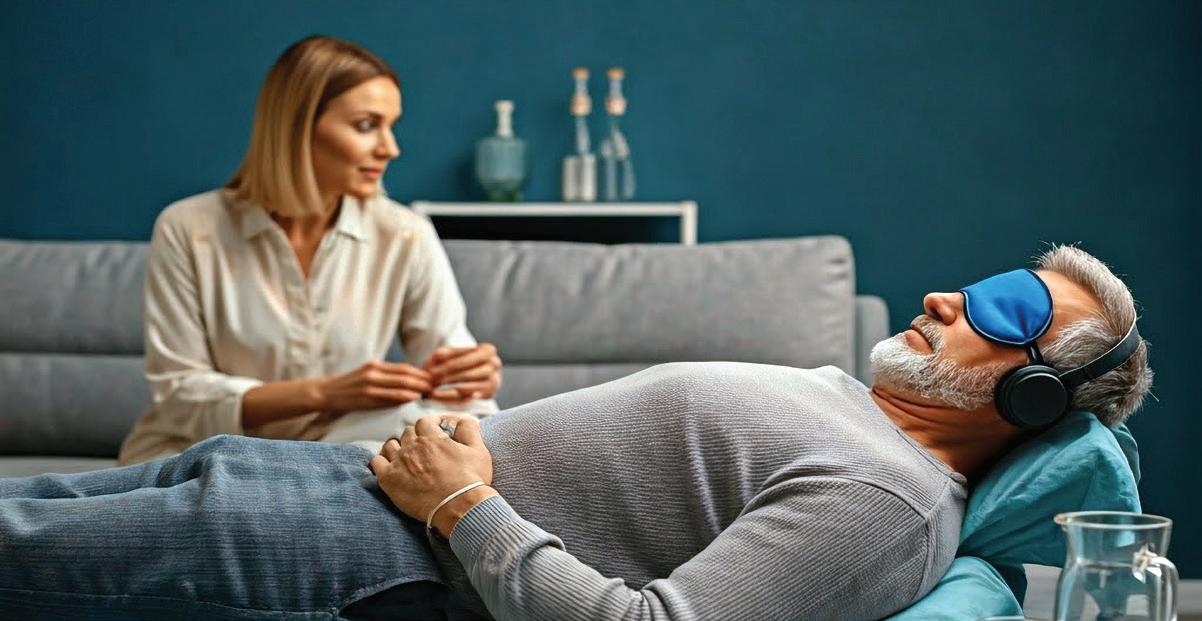
greater emotional clarity and closure.
KAP is safe under medical supervision, though not recommended for certain conditions like uncontrolled blood pressure or active psychosis. At Amavi, it takes extra precautions
with thorough screenings and close monitoring to ensure comfort and safety.
Good emphasizes, “You’re never alone in the experience. We stay with you physically, emotionally and therapeutically Every step of the way.”
More than treatment, KAP is a journey of healing and reconnection, offering older adults a safe and meaningful path to hope.

By Rebecca Furuta Aging at Altitude
In the search for alternatives to steroid injections, pain medications and invasive surgeries, platelet-rich plasma (PRP) and stem cell therapies have captured widespread attention. Promoted as cutting-edge solutions for everything from joint pain to orthopedic injuries, these regenerative treatments promise to harness the body’s own healing powers. But as clinics offering these procedures multiply and testimonials flood social media, questions remain: What actually works? What’s still experimental? And how much is just hype?
While some studies suggest PRP may help with conditions like damaged muscles, tendonitis and early-stage arthritis, and stem cells show potential in lab and early clinical research, the science is still evolving. Yet many providers market these therapies as nearmiraculous cures, often without clear evidence or regulatory oversight.
Here, we take a closer look at what we really know about PRP and stem cell treatments, what the FDA and the scientific community say, and how patients can separate facts from false claims in a rapidly growing, often confusing market.
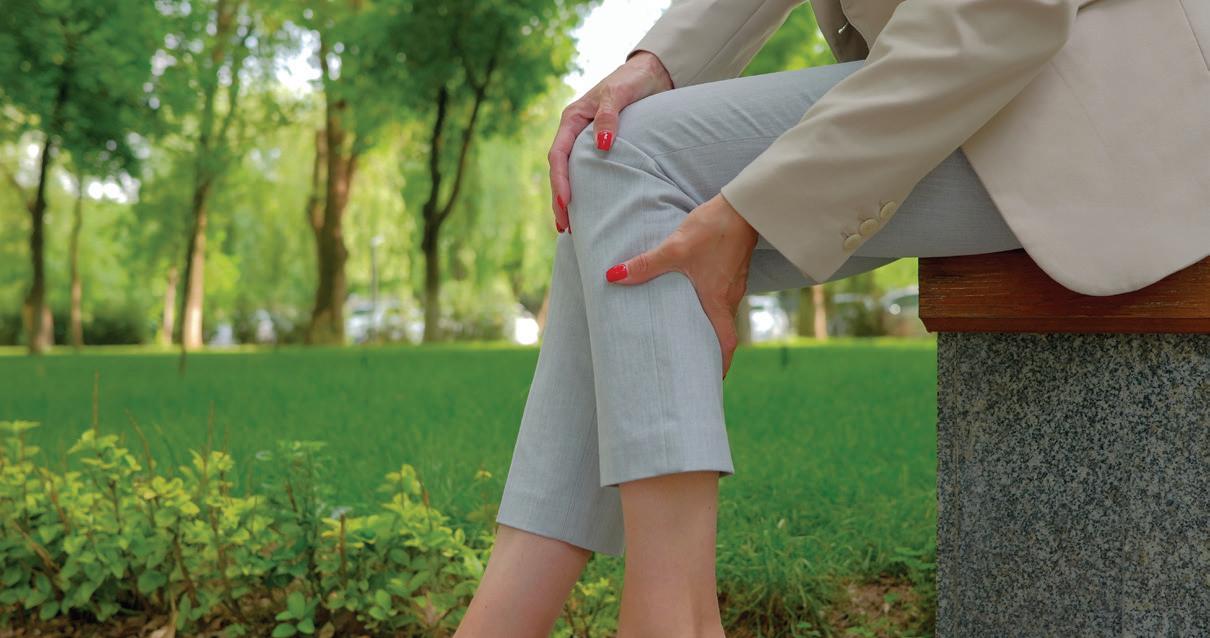
Public interest in regenerative medicine is growing, in part because traditional treatments for joint problems are only marginally effective and carry significant risks. Surgery sometimes succeeds, but it can also cause further damage; cortisone shots can temporarily reduce pain, but work only for a short time without addressing the underlying problem; physical therapy can be effective, but it often doesn’t work. Many people are left to limp along with ice and ibuprofen.
“Stem cells and PRP are a whole different approach to treating pain,” says Dr. Aneesh Garg, DO and chief medical officer at
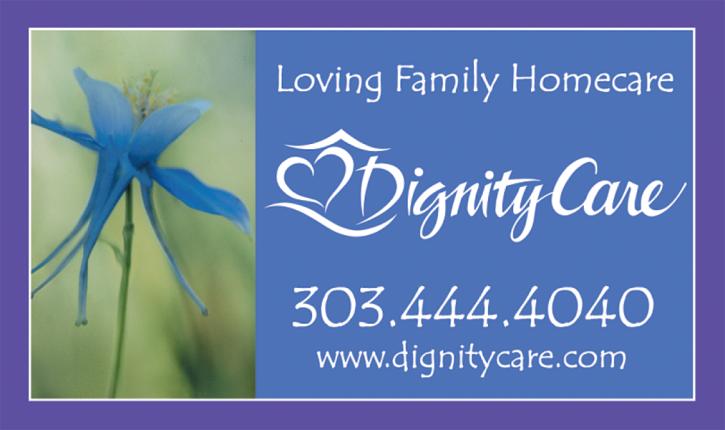
Dynamic Athlete in Boulder “We are basically doing a forensic investigation to find out the source of your pain, getting to the ‘why’ well before we start trying to treat it. From there, we can use a combination of biologics to address the root of the problem.”
The process of making PRP is relatively simple. A doctor draws a small amount of the patient’s blood and spins it in a centrifuge to separate the platelets – the disc-shaped cells best known for their crucial role in clotting – from most of the red and white blood cells. When the process is finished, the substance is then injected into the site of the injury, whether it’s a
ligament, a tendon or an arthritic joint.
The process of acquiring stem cells is much the same. It begins with a minimally invasive procedure to extract liquid bone marrow– the soft, spongy tissue found primarily in the hip bone. The marrow is then processed to isolate stem cells, which are then injected back into the body at the site of the problem.
“Regenerative medicine uses your own body to create living, functional tissues to repair damaged tissues in the body,” explains Dr. Garg. “We are seeing a significant clinically beneficial effect to using these approaches, and without the serious risks of surgery.”
At the same time, regenerative medical treatments remain controversial. Even some doctors who use PRP in their practice worry that marketing and hype have overtaken science. Dr Cliff Gronseth, MD, is a physiatrist and founder of Spine West in Boulder, and uses PRP in his practice. He says the treatment can work especially well for tendonitis and other similar injuries, but he thinks some doctors are using it indiscriminately. “It has merit,” he said. “But people have gone way overboard. Some of it is a moneymaking gimmick. Medicine needs to be careful, and that starts with the right patient selection.”
Dr Gronseth is even more cautious when discussing the benefits of stem cell therapies. Many clinics offer stem cell treatments for chronic pain, such as in joints or the spine, but these
Everyone should be Cared for with Compassion and Dignity

• Personal Care
• Companionship
• Geriatric Care Management
• Nursing Services
• End-of-Life Care
• Medication Management
• Respite Care
uses remain investigational and are not supported by consistent, high-quality clinical evidence. The efficacy of these treatments varies widely across studies, with some showing modest benefits and others showing little to no improvement. As a result, Gronseth recommends that patients approach such therapies with caution. “There was a lot of really promising initial data, “says Dr Gronseth, “but subsequent research and clinical data have been a lot less impressive. We don’t want patients to unknowingly pay for a procedure that lacks concrete evidence.”
Despite these issues, regenerative medicine is becoming increasingly commonplace. “Everyone is doing the same training, the same exercises, getting the same physical therapy,” explains Dr. Garg. “We not only deal with pain management in orthobiologics, but we are using new techniques to give athletes a performance edge with shockwave therapy, high-energy magnetic wave therapy and other
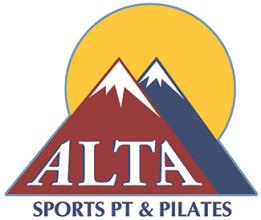
approaches. We educate our patients on everything that is available to them.”
Dr. Gronseth agrees that patient education is essential. “Unfortunately, the field has proliferated in a way that is not always backed up by science,” he says. “The excitement around regenerative medicine and stem cells and the internet marketing has made it hard for people to understand what is real and what is entirely false or misleading about these therapies.” When patients visit Spine West, part of the process includes evaluations to determine whether regenerative approaches are appropriate. It’s also an opportunity for Dr Gronseth and his team to correct misinformation about the unapproved stem cell therapy marketplace. “Treatment that’s not based on data and science is not likely to help people. We’re committed to advancing the science of regenerative medicine and to using it to help our patients.”




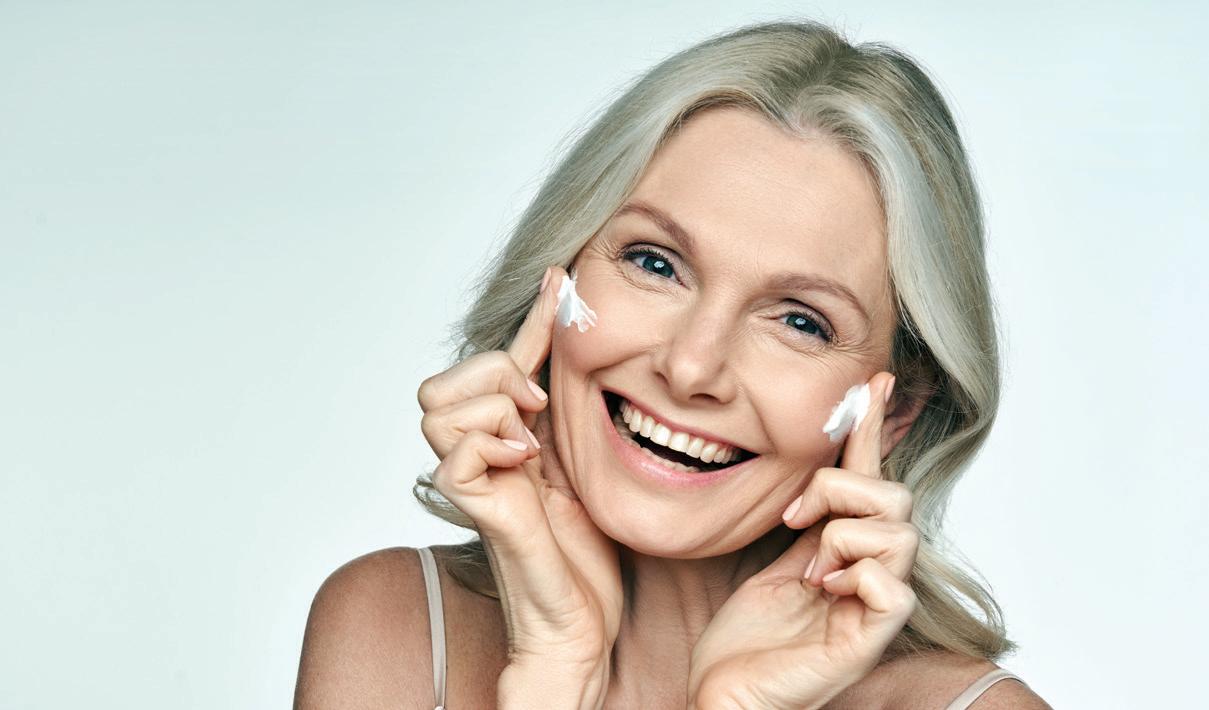
By Barbra Cohn Aging at Altitude
As we age, our skin changes. It becomes thinner, drier, more prone to irritation and more vulnerable to conditions like skin cancer. But with the right care, seniors can maintain healthy, vibrant skin.
Living in Colorado presents special challenges to healthy skin. Classified as having a semi-arid high-desert climate with low humidity, it’s important to give our skin extra moisturizing protection. And since ultraviolet light intensity increases 4% per thousand feet of
elevation, most of us are exposed to approximately 20% more intense sunlight than people living at sea level.
Dr Maura Caufield Smith, MD at the Colorado Center for Dermatology and Skin Surgery in Longmont, is board-certified in dermatology and internal medicine. She offers advice for a solid, daily skin care routine for sun protection and anti-aging.
“In the morning, I typically recommend protecting the skin with a vitamin C serum that acts as an antioxidant, followed by moisturizer and sunscreen. The evening is for repairing the skin with ingredients such as retinol and more moisturizer,”
says Dr. Smith.
“Having a very good moisturizer is important. Most people think that moisture comes from the inside out, but it’s also important to protect your skin barrier. I recommend a thick, gentle, unscented moisturizer for the face and body to prevent dryness and skin rashes. The best time to apply it is after a shower to lock in the moisture,” she says.
Since Colorado has the highest per-capita rate of skin cancer in the U.S. due to its high altitude and sunny climate, Smith says protecting our skin with sunscreen or sun-protective clothing is essential. “I recommend a sunscreen with at least 35 SPF (sun protection factor). 50 SPF is a little more protective. The important thing is to apply it every two hours, even in the winter If your skin is sensitive, wear a sunscreen that contains zinc and titanium.”
Often, that’s challenging, so a broad-brimmed hat and sunprotective clothing can provide added protection, Smith says. Protective clothing with long sleeves and pants is especially important when hiking in the middle of the day Breathable, lightweight clothing with SPF is available at outdoor sport-wear companies.
Skin cancer is more prevalent here because of our altitude. An
annual skin exam for monitoring purposes is recommended, especially if there’s a family history of melanoma, the deadliest form of cancer, adds Smith. Basal and squamous cell cancers are usually the result of cumulative sun exposure. So please heed the good advice of protecting your skin.
You may never achieve the flawless complexion you once had. But if you follow the guidelines for maintaining healthy skin, you can help reduce dryness and prevent further damage. For specific questions about your skin issues, please consult a dermatologist and have a yearly skin check.
It’s important!
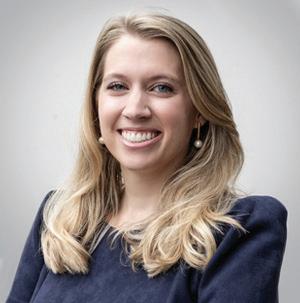

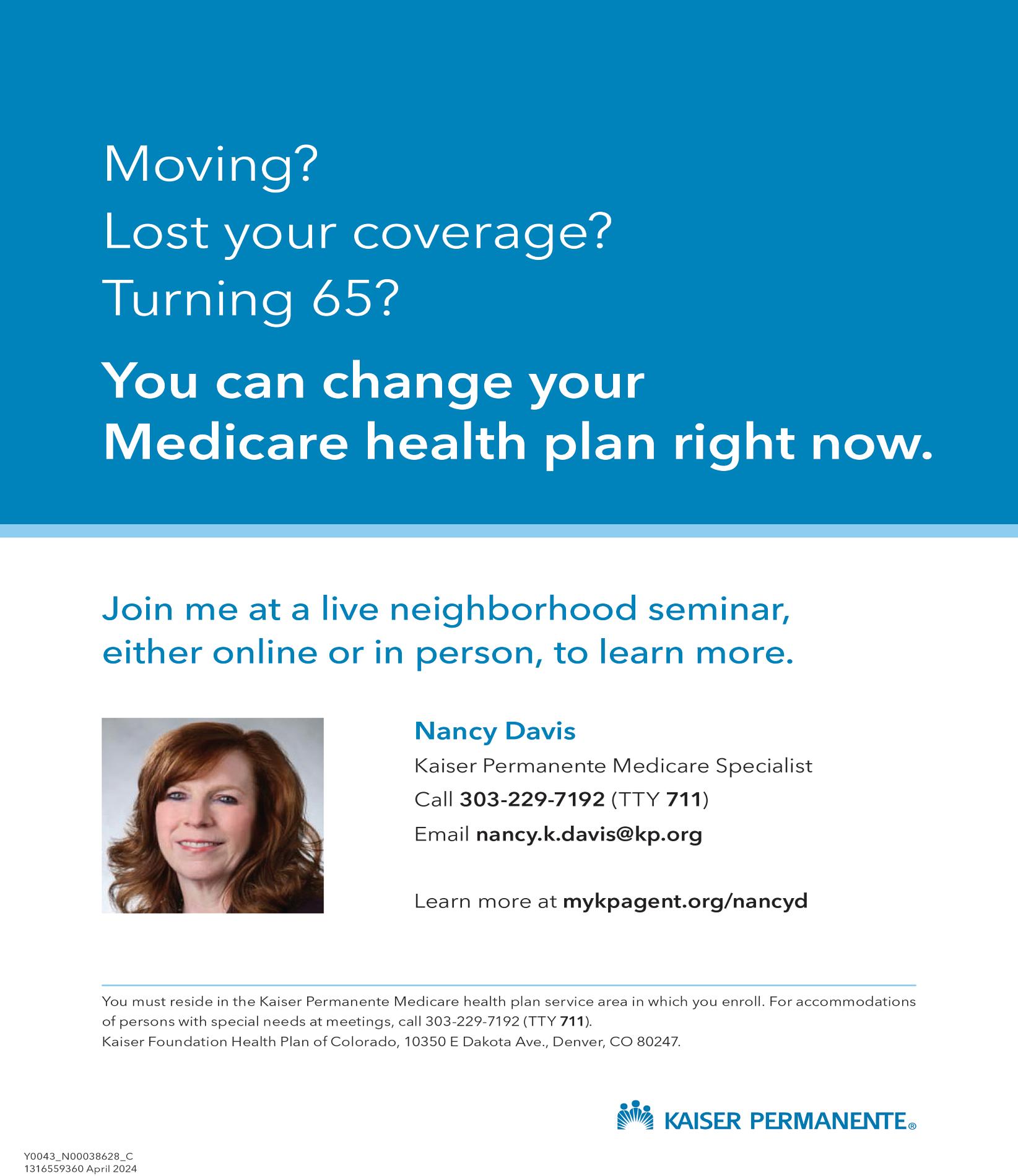
By Wendy McMillan Aging at Altitude
Listen up, folks! Hearing aids are in! If outdated stereotypes are keeping you or a loved one from the life-changing benefits of addressing hearing loss, take this on board: social stigmas around audio devices have not aged well. Conversely, with expert support and modern solutions for hearing loss, you can.
“Hearing loss is often called “The Silent Epidemic” because it tends to develop gradually, often going unnoticed until communication and relationships are affected,” says Dr. Paige Andrade of Family Hearing. “While 48 million Americans have some degree of hearing loss in both ears, when including those with hearing loss in just one ear, an estimated 72 million Americans are impacted –a number expected to rise steadily over the next 25 years.”
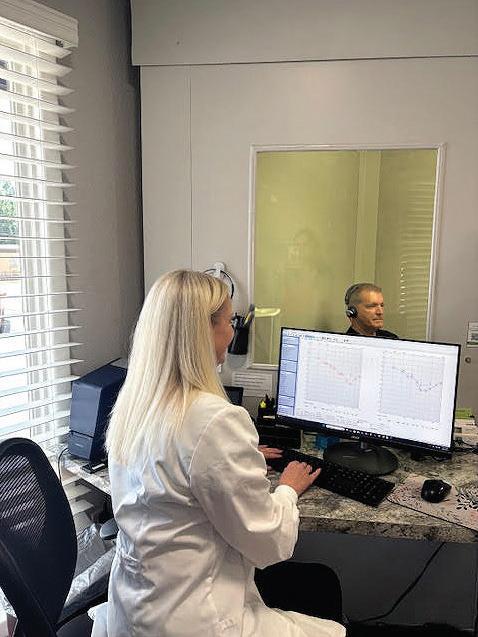
Make no mistake: despite lingering misperceptions, the number of people affected by hearing loss does not simply come down to aging. While prevalence increases significantly with age, many other factors contribute to hearing loss, not least sound exposure in a world saturated with stimuli.
“The fastest growing population of people with hearing loss is under 30 years old,” says Dr. Whitney Swander, owner of Hearing HealthCare Centers. “In a way, older sound systems – like the Walkman – had a kind of builtin protection from their poorer sound quality Now, superior options can be played louder for longer, sealing the ear with blaring music. It’s a consideration for future generations – awareness is key.”
“Unaddressed hearing loss affects far more than just our ability to hear,” Dr. Andrade says. “It affects communication, emotional health and cognitive performance. Recent studies show that untreated hearing loss increases the risk of loneliness, depression and dementia, and can even contribute to reduced physical activity and a greater risk of falls.”
In 2017, the Lancet Commission on Dementia Prevention identified hearing loss as a leading modifiable risk factor for dementia. In April 2025, a U.S. cohort study suggested that hearing loss may play an even bigger role in dementia than previously thought, with nearly 1 in 3 dementia cases being linked to hearing loss. According to a 2025 NYU study, Dr. Andrade says, people who received hearing care maintained stronger social
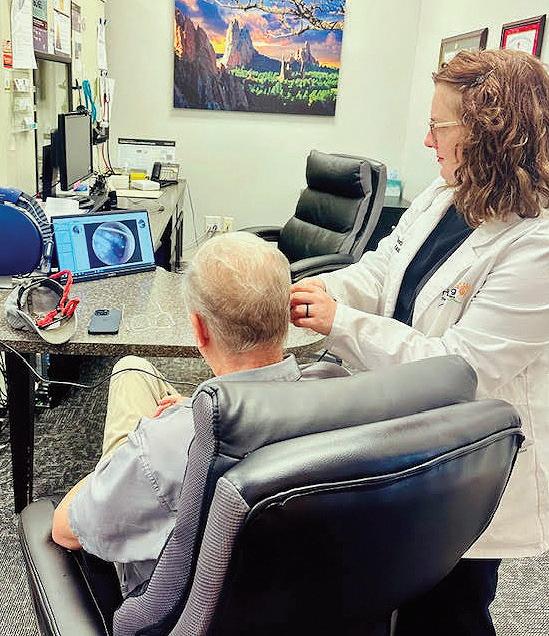
connections, while other recent research found that hearing aid users may lower their risk of cognitive decline.
The growing body of evidence supporting addressing hearing loss is not lost on today’s generations, who tend to be more proactive about taking care of their health, Dr Swander says. “Stigmas do still exist, but the research is getting people thinking. The amount of research about hearing loss and cognition is very compelling, enough to make people pause and determine, even if I’m not super concerned about my ears, I am
very concerned about my brain.”
The encouraging news, Dr Andrade says, is that early intervention and remarkable advances in hearing technology are helping people stay connected, engaged, and proactive about their overall health and wellness.
“Modern hearing aids have advanced rapidly in recent years, focusing on ease of use, clarity, comfort and connectivity rather
than just volume,” Dr. Andrade says. “The most current devices use AI sound processing to enhance speech clarity, while machine learning-powered noise reduction continuously adapts to changing environments. Devices are smaller, sleeker, and rechargeable, with improved comfort and long battery life. New technology enables seamless streaming, hands-free calls, and exciting new hearingassistant features. Together, these innovations make hearing technology more natural, accessible, and easy to use than ever before.”
Over-the-counter (OTC) hearing aids made taking the first step toward better hearing more accessible and convenient for people with mild hearing difficulties who may not yet be ready to pursue traditional hearing care, Dr Swander says. While they can serve as a useful jumping-off point, she cautions that expert guidance is key to truly meeting individual needs. “Auditory pathways to the brain require more of a rehabilitation process for successful treatment,” she explains. “Without guidance, proper assessment and fitting, there is a limit to what can be achieved.”
Addressing hearing loss means more than just getting hearing aids, Dr. Andrade emphasizes. It’s
about understanding your hearing acuity, identifying communication challenges, and finding solutions that fit your lifestyle. “Hearing loss is often both a symptom and a cause of broader issues, including communication strain and relationship difficulties. While hearing devices are nearly always part of the equation, true treatment goes beyond amplification.”
A comprehensive approach includes personalized communication strategies, ongoing hearing monitoring, and support to help listeners get the most from their technology Research consistently shows that early, evidence-based intervention leads to the best long-term outcomes.
Dr. Andrade shares that, interestingly, recent studies show that perceived stigma is higher among those who do not wear hearing aids than among hearing aid users. For many people, the hardest part isn’t the stigma – it’s coming to terms with how hearing loss changes the way they see themselves. With today’s innovations, however, the hurdles – not least the personal mindset – are greatly mitigated. The world reopened with possibilities that are priceless.
Family Hearing and Hearing HealthCare Centers will be at the Aging at Altitude Expo Saturday, October 25 at the Boulder JCC.
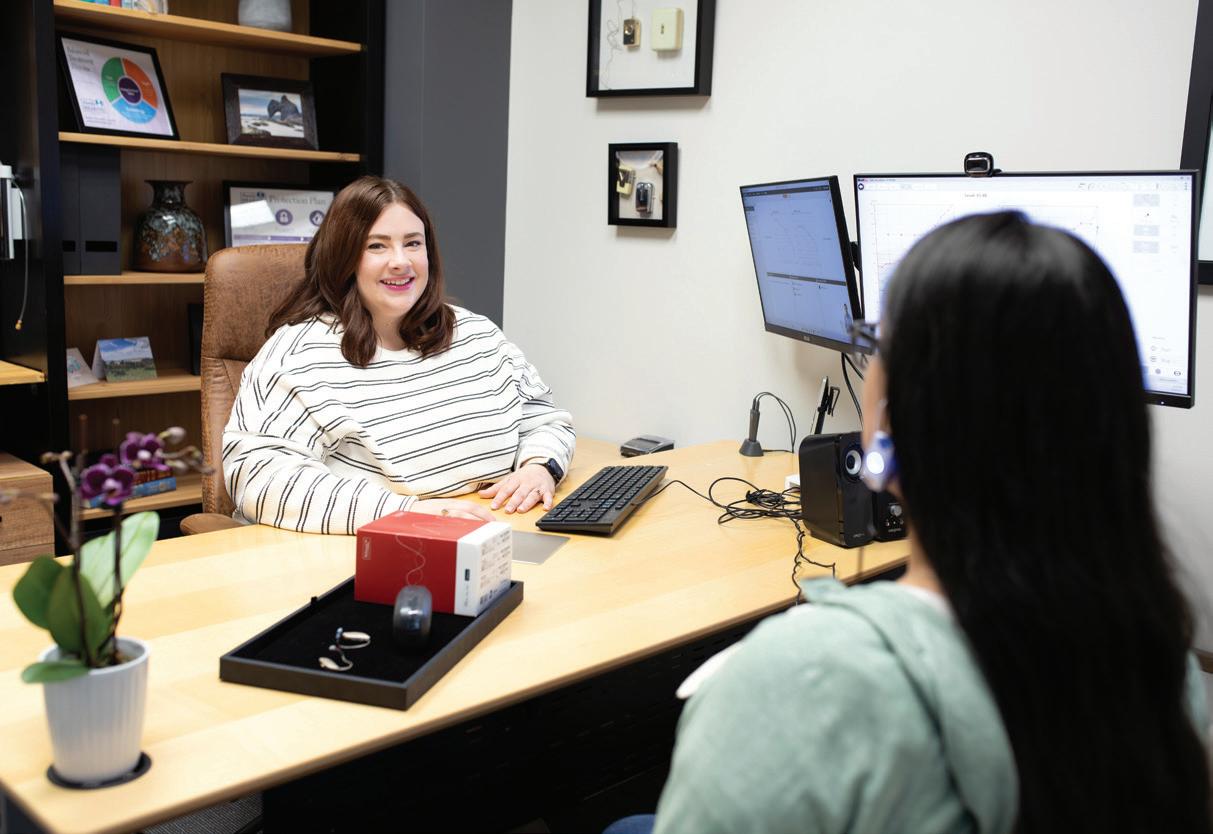

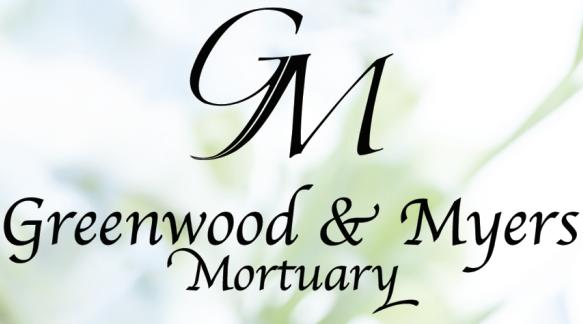



By Kristen M. White Aging at Altitude
Just as young children often see a pediatrician, a pregnant woman might see an obstetrician and someone with a heart condition might see a cardiologist, there is a specific type of doctor for aging adults, too –one that is becoming more sought after: a geriatrician.
Geriatric medicine is specialized medical care for older adults. It is patient-centered, promoting healthy aging to help people remain independent and safe in later life.
“As we age, our bodies, medications and priorities change, and geriatric care is designed to meet those changes head-on,” said Carmen Cisneros, medicare
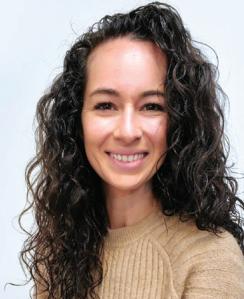
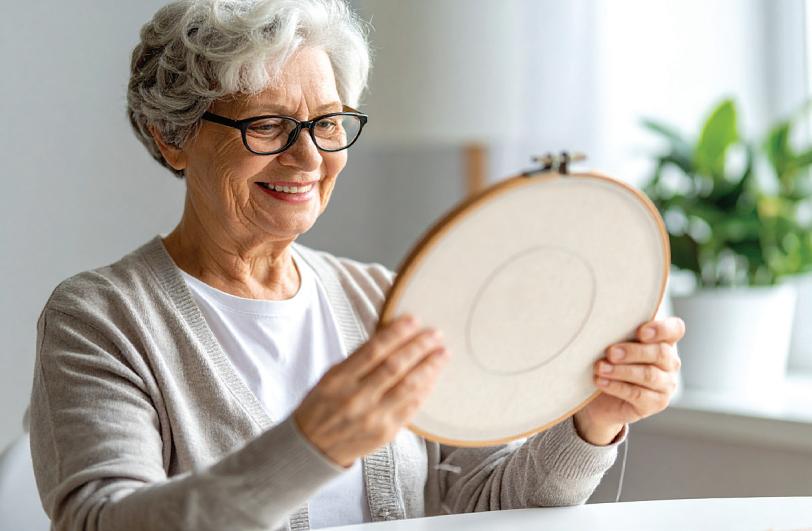





executive team lead with Kaiser Permanente. “It’s about treating the whole person, not just their conditions. Aging isn’t a disease; it’s a natural process.”
Anne Giesen, DO, board certified in geriatric medicine and founding director of Sky Health Services, noted that many people appreciate the relationships they forge with the geriatricians who provide their care.
“Geriatricians tend to spend more time with their patients than most primary care providers,” Giesen said. “They can address anything a primary care physician can, but additionally talk about concerns with mobility or falling risks, memory trouble, mental health concerns, simplifying medication regimens and end-oflife advanced care planning.”
Conditions, medications and lifestyle factors can affect older patients in ways that differ from those affecting someone half their age. For example, Cisneros said a medication that is fine for
a younger person might cause dizziness or confusion in someone older, and a geriatrician is better equipped for those care challenges.
Many older adults also have complex and multifaceted health issues like diabetes, heart disease and arthritis. A geriatrician is trained to help manage such issues holistically rather than as puzzle pieces. They can also help provide mental, emotional and social support, helping to alleviate difficulties like loneliness, depression and cognitive decline.
changes, balance issues or medication side effects,” Cisneros said. “Patients often say geriatric care feels personal. It’s focused on the quality of life.”
“As we age, our bodies, medications and priorities change, and geriatric care is designed to meet those changes head-on.”
Like other specialty medicines, doctors practicing geriatric medicine have a unique perspective.
“Geriatricians are trained to spot early signs of memory
Around age 55 to 65, health needs begin to shift as people’s bodies age. Whether it’s the way they move or how they sleep, changes are happening. By working with a geriatrician, specialized care helps catch small issues before they become big ones and also allows patients to focus on prevention efforts, such as protecting bone and brain health, staying active, and keeping blood pressure and blood sugar in check.
Geriatric specialists can also see patients in a consultative role, giving recommendations to
a family practitioner or internist when appropriate. They can act as advocates for seniors and their families as they navigate complex healthcare systems. And because geriatricians often spend more time with their patients than most primary care physicians do, they help establish themselves as trusted sources for aging patients.
“There are very few geriatricians in the U.S., not nearly enough for all aging patients,” Giesen said.
“We are fortunate in Boulder to have this specialized care!”
Caregivers for the elderly can also benefit from geriatric care, as this expertise provides guidance that eases the emotional strain caregivers often feel.
Ask your primary care doctor for a referral to a geriatric specialist for you or an older loved one. If there isn’t a geriatrician nearby, some offices and health systems offer senior-focused programs that can provide similar care.
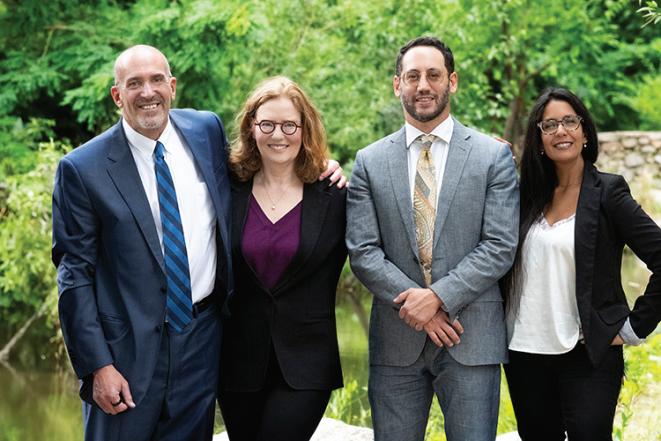

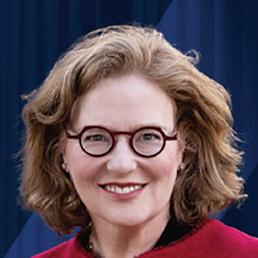
By Adam Goldstein Aging at Altitude
Twenty-five years after Colorado legalized medical marijuana, misconceptions and confusion remain intact regarding the drug and its health benefits.
Cannabidiol, or CBD oil, is a chemical derived from the cannabis sativa plant, and has become a popular treatment for a wealth of health issues, from pain management to anxiety relief to improving sleep. All of these benefits are particularly valuable for seniors, who may be adjusting to changes in their health and lifestyle and may still feel confused about CBD.
“CBD can be great for several issues we encounter as we grow older,” said Edward Bates, founder and director of operations for Boulder-based Moon Mother Hemp Company.
“Sleep is the biggest issue that people use CBD oil drops for. Also, CBD oil drops can act as a tonic, making us feel a little less achy and putting a little spring in our step. They’re definitely worth a try.”
Bates is just hinting at a long list of issues that experts have
been able to treat with CBD. Pain management is a broad topic, but CBD has been used to treat issues ranging from arthritis to effects associated with cancer treatment.
What’s more, the cannabinoid has been used to treat bone health, neurogenerative disorders, heart health and appetite stimulation. Mood disorders and addiction treatment have also been targets of CBD treatment.
This is just the beginning. Many in the local industry are pointing
to the ever-evolving medicinal potential not only of CBD, but of other cannabinoids as a gold mine to treat myriad issues. This includes Ally Feiler Downing, CEO of Green Tree Medicinals, who points to cannabigerol (CBG) as another valuable, nonpsychoactive treatment for seniors.
“As research into cannabis is at an all-time high, there are many cannabinoids that have been identified that are not psychoactive and have incredible potential for seniors,” Feiler said. “CBG offers benefits for seniors like pain relief, decreasing inflammation, relieving anxiety/depression and inhibiting cancer growth.”
The medicinal potential also includes antifungal and
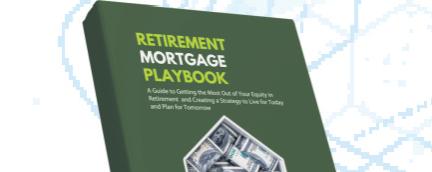






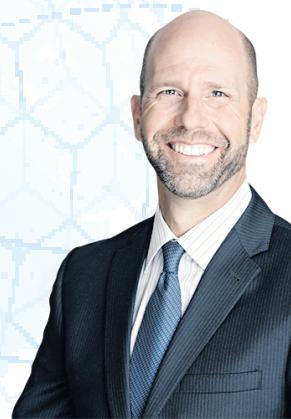



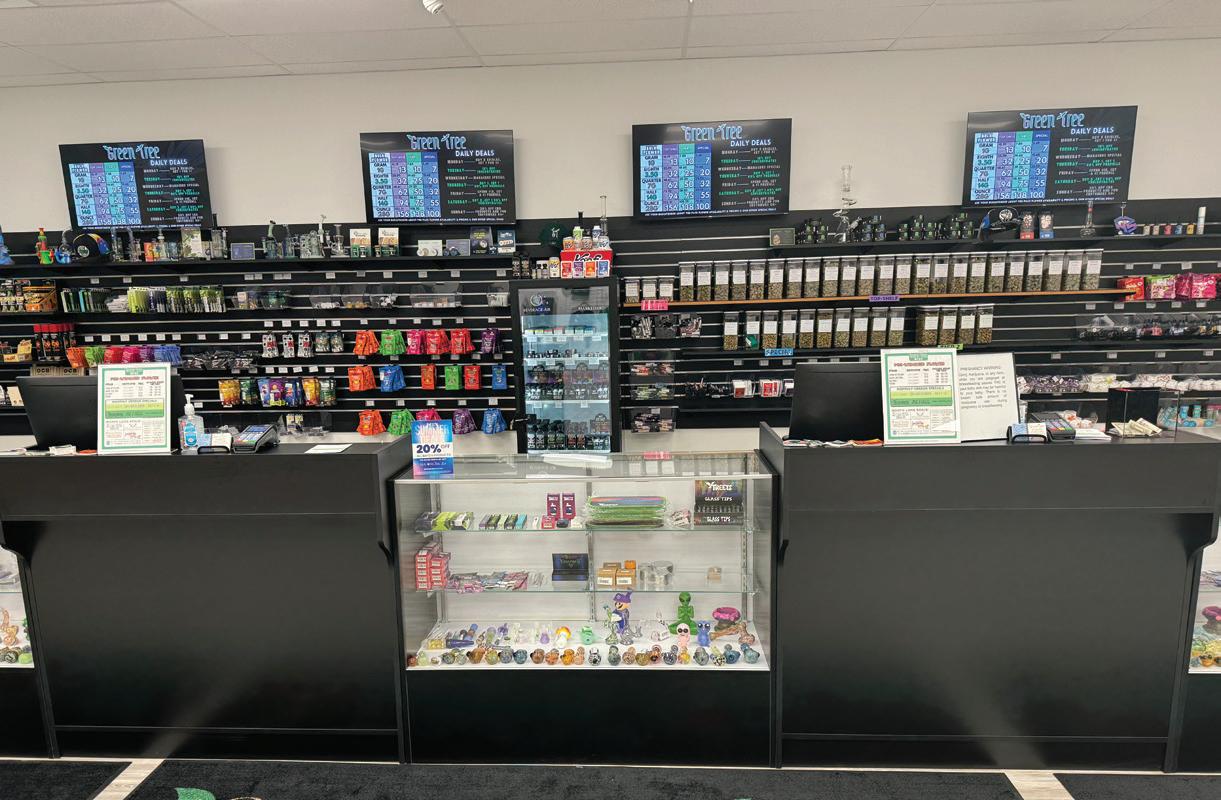
antimicrobial properties, she adds, and points to the “potential to fight against cognitive decline,” even offering treatment for conditions like Huntington’s disease, Parkinson’s and Alzheimer’s.
New research is offering more and more medicinal options from
CBG and other cannabinoids every day, and seniors have many options to explore. More than two decades after Colorado approved a new approach to cannabis, it’s easier than ever to find relief, treatment and alternative routes to health.


• Decluttering and organizing
• Implementing sustainable storage solutions
• Pre-move prep, packing and unpacking
• House/pet sitting
• Personal assistant tasks
• Meal planning






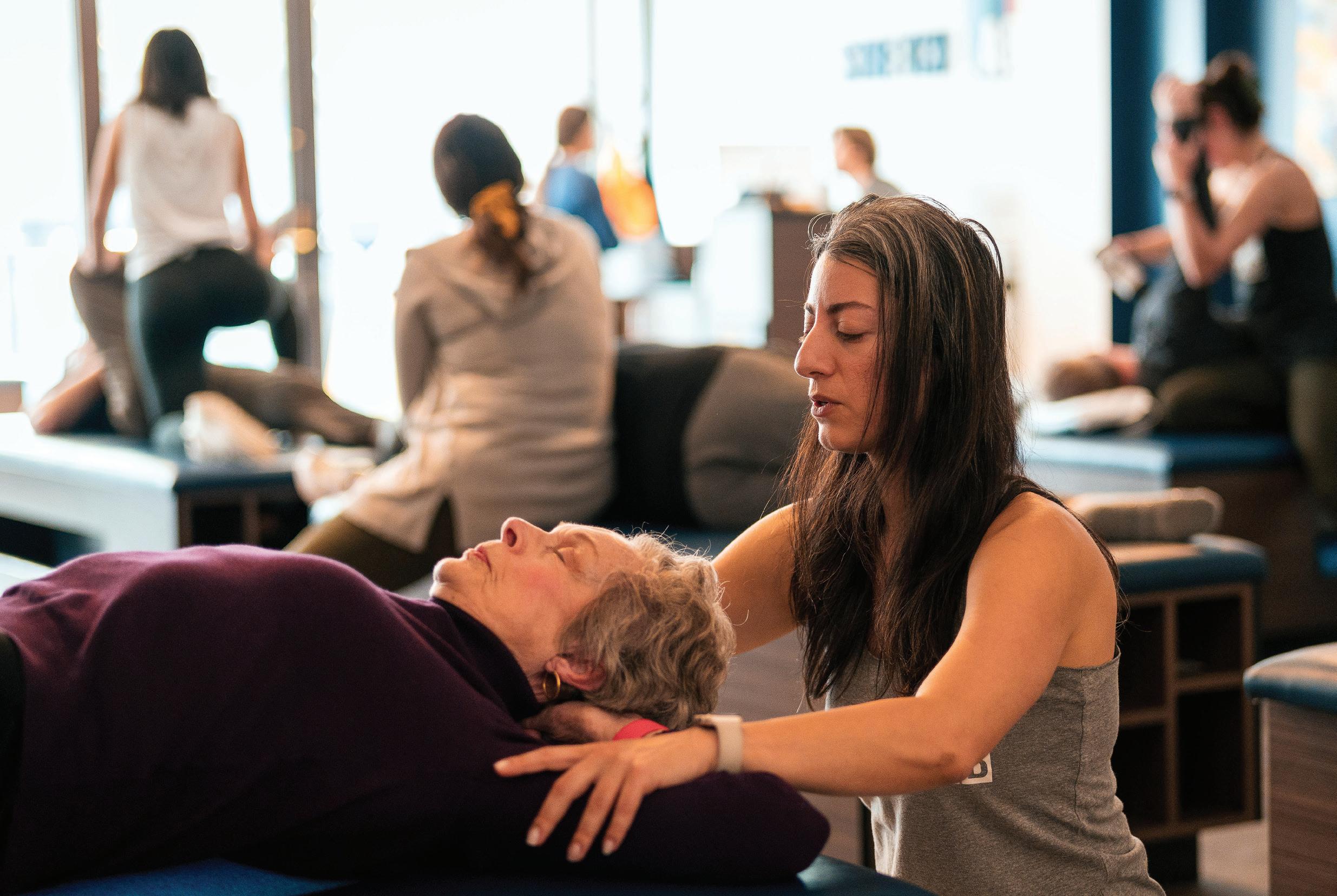
By Courtney Johnson Aging at Altitude
he human body is complex. As we age, systems begin to break down and slow down. A natural decline in strength, balance, and mobility all impact the quality of life.
To maintain life satisfaction in
the golden years, simple everyday routines can help maintain independence and enjoyment of life for longer “Aging doesn’t have to mean experiencing aches and pains and loss of range of motion,” said Andi Johnson, Yoga Instructor 200hr E-RYT, who teaches mobility, strength and other classes at YogaSix Nine Mile. “If we can keep our bodies and minds active, we can
experience positive longevity and stay healthy well into later years.”
As the body ages physically and mentally, everyday movement is one of the most important things one can do for overall well-being.
“Even moving 1% more each day will make an impact,” said Andrea Schott, owner of Stretch Labs.
“The key is being intentional and consistent with small actions.”
The best thing about keeping
the body “awake” is that there is no need to leave home.
“Finding periodic movement bursts, or some might say movement snacks, throughout the day can have a huge impact on long-term balance, strength, and flexibility,” said Schott.
Here are some simple exercise ideas to implement intentionally at home, suggested by Schott and Johnson.
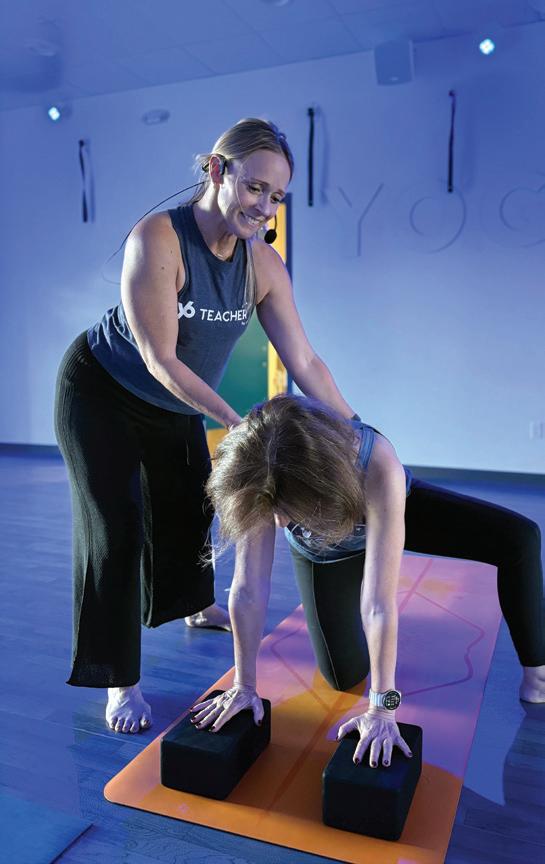
Help maintain independence and prevent injuries with these exercises, Johnson and Schott recommend.
• One leg balance: working to 30 seconds each leg x
“Place one foot on a block (or a lower step) and slowly raise your knee to hip-height while balancing on the other leg,” said Johnson. “Start with small taps up and down. Work up to 30 seconds on each leg Embrace the wobbles! This means that muscles are firing.”
• Stand without using your hands on chairs or the couch: 5-10 reps, 3x per day. To build lower-body strength and test stability, Schott recommended trying to get off couches and chairs without using hands
“Focusing on muscle strength, especially for women, contributes to healthy bone density and overall functional strength,” Johnson said.
• Pushups: 10-15 repetitions, repeat 2-3x
Yes, they might be dreaded, but as Johnson said, so many muscles are worked at once.
“The great news is that you do these so many different ways: from your kitchen counter,
your stairs, or all the way on the ground,” she said. “These don’t have to be bodybuilder quality. If it starts to come easy, then challenge yourself with different angles.”
• Squat to pick things up instead of bending at the waist: 10-12 reps, work up to 3 sets per day
“This encourages proper body mechanics and protects the back,” Schott said.
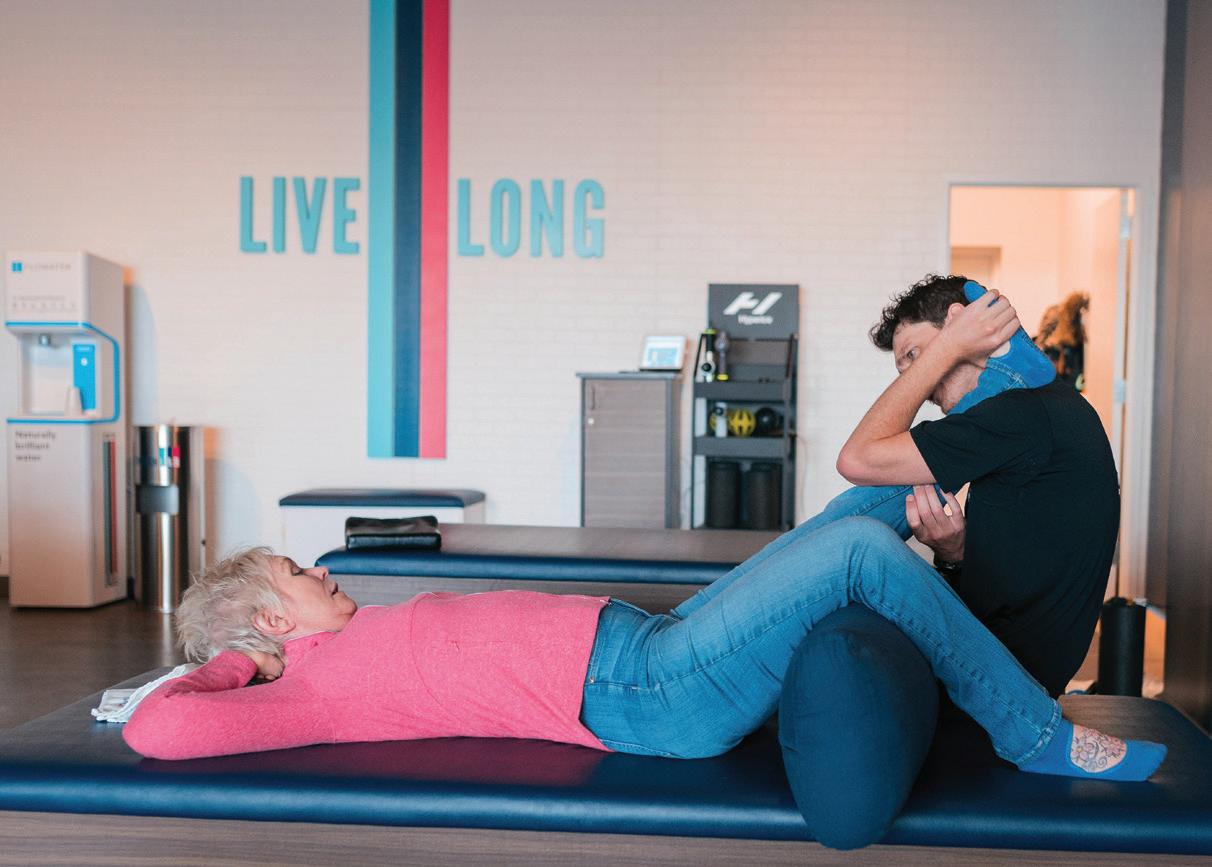
Keeping muscles and joints active is key to promoting circulation, supporting the immune system and improving posture, according to Johnson.
• Shoulder and chest Stretches: Hold for 15-30 seconds, repeat 2x “Place your hands on the sides of a door frame and lean forward to open the chest. This counters a “hunched” posture,” said Schott.
• Hamstring Stretch: Hold for 3-5 breaths (20-30 seconds). Repeat on the other side
To counter lower back pain, Johnson said to stretch the hamstrings and calves. “The most convenient way might be while sitting in a chair. Extend one leg straight out with one heel on the floor, gently lean forward from your hips while keeping your back straight.”
A modification or another way to stretch the hamstrings and calves can be done while brushing teeth, suggested Schott. Hold the stretch for 15-30 seconds on each leg and repeat 2x. Put one foot forward, heel down and lean into it.

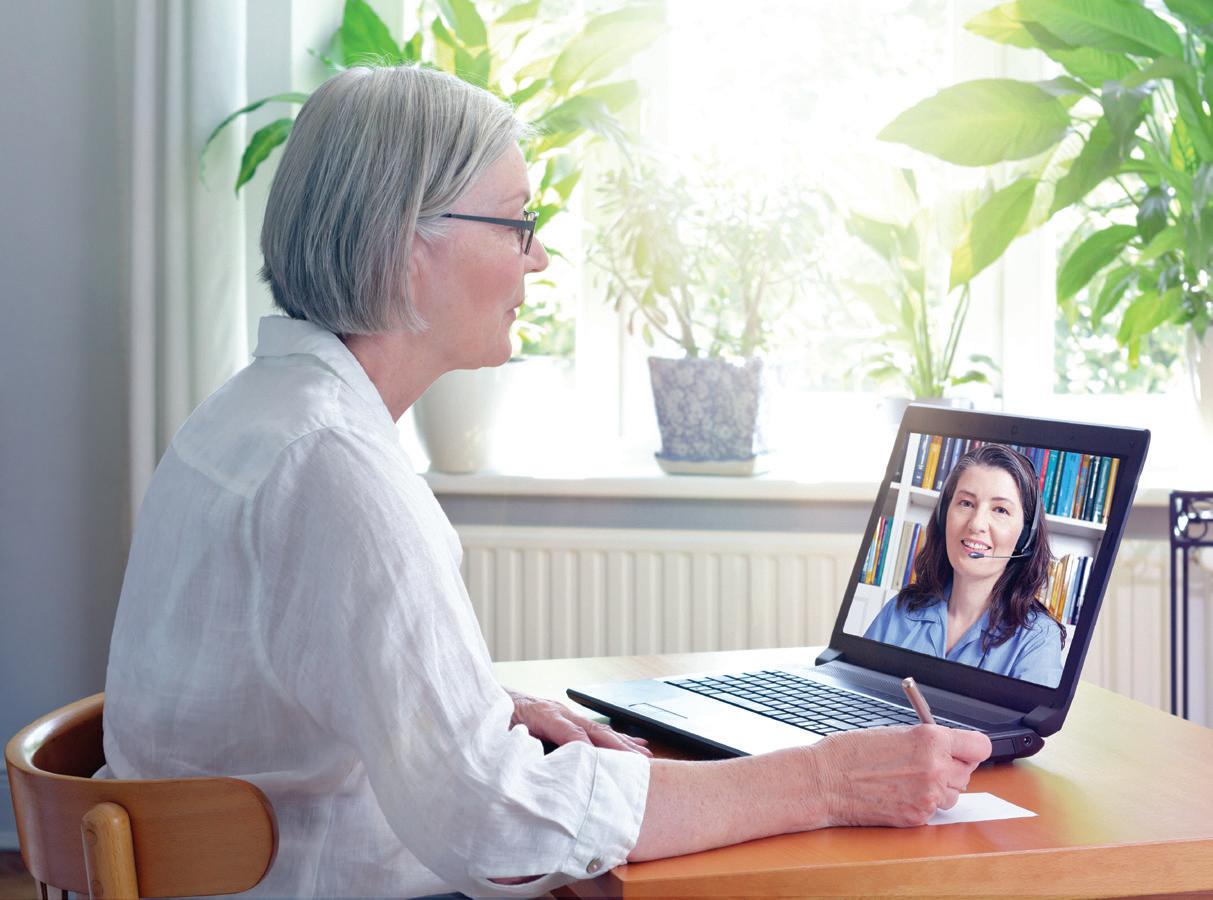
By Amy Harris Van Vranken Aging at Altitude
There’s a German saying, “What little Hans doesn’t learn, big Hans never will.” While this saying might seem logical at first glance, in fact, our brains remain flexible and open to learning well into old age. Have you ever wanted to learn to speak another language or improve one you’ve studied in the past? It’s never too late! By learning a foreign language, older adults can improve their skills, strengthen their brains – and have
fun.
Why learn a foreign language? For many, it’s a great icebreaker to be able to say a few key phrases in the local language when traveling. YouTube, apps and books can help you brush up on the essentials. But learning a language isn’t just about travel or vocabulary There are six scientifically proven practices, known as the Six Pillars of Brain Health, that help adult brains remain as healthy and resilient as possible into older age. Impressively, language learning can tackle two out of the six pillars at once: taking on mental challenges and being social.


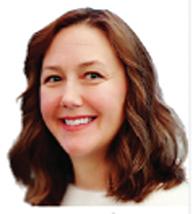
The mental challenge of language learning leads to a stronger memory, sharper focus, and improved creativity, communication, and problemsolving skills. According to Cambridge.org, “Having new experiences (novelty) is an important factor in forming new connections in the brain and strengthening nervous system links. These links and connections are maintained through regular practice.”
Practicing new vocabulary and grammar is a powerfully novel experience for the brain. That leads to those brain benefits – plus a deep sense of satisfaction and accomplishment.
Studying a language in a book or on a device will provide those cognitive benefits. To reap the social rewards as well, learners can add the second pillar of brain health – being social – by practicing a language with others.
Taking online or in-person classes at a place like The French Language Institute of Boulder can open up those doors
“At the French Language Institute of Denver, learners not only strengthen their minds but also enjoy cultural immersion, lively conversation and meaningful connections with fellow students,” says Founder, Director and Lead Instructor Velina Dinkova.
“Whether you’re picking up where you left off or starting from scratch, our French classes for lifelong learners are all about making language learning enjoyable, flexible and rewarding, in a friendly, welcoming community.”
Learning another language can expand the community outside the classroom as well. Students might try a foreign-language book club or meetup. A new language can also be a gateway to meaningful interactions across cultures, whether through traveling, volunteering or building relationships right here in Colorado. Ready to add a little joie de vivre to your life while you strengthen your brain? Learn a foreign language!




AtGivingHome,weproactivelysupportand advocateforthoseimpactedbytheirworkin nuclearenergyprogramsfortheDOE.It’s freetoapplyforyourWhiteCard,and benefitsmayinclude:
100%coverageofmedicalcostsfor DOE-relatedillnesses*






Get a Medicare Advantage plan with up to $720 for food and produce (for those who qualify)
Have questions?
Call 719-314-2600 (TTY:711).
Weekdays 8:00 a.m. to 8:00 p.m.
Select Health is an HMO and SNP plan sponsor with a Medicare contract Enrollment in Select Health Medicare depends on contract renewal. The benefits mentioned are part of a special supplemental program for chronically ill enrollees Eligible chronic conditions include diabetes, hypertension, musculoskeletal disorders, lung disorders, and cancer, as well as other conditions not listed. Eligibility for the benefits is not based solely on your condition and all eligibility requirements must be met before the benefits are provided For details, please contact the Plan. Select Health obeys federal civil rights laws. We do not treat you differently because of your race, color, ethnic background or where you come from, age, disability, sex, religion, creed, language, social class, sexual orientation, gender identity or expression, and/or veteran status This information is available for free in other languages and alternate formats upon request. Select Health Medicare: 1-855-442-9900 (TTY: 711) ATENCIÓN: Si habla español, tiene a su disposición servicios gratuitos de asistencia lingüística 注意 :如果您使用繁體中文
© Select Health 2025 All rights
Lumpsumcompensationpaymentsupto $400,000
FREElifetimehomehealthcare,with compensationforfamilymembersand currentcaregivers
FREEdurablemedicalequipment(CPAP, canes,walkers,ramps,etc.)
Continuedpartnershipandadvocacyduring yourhealthcarejourney,eventhroughnew andchangingconditions
*ContractorsqualifyfortheEEOICPAprogram

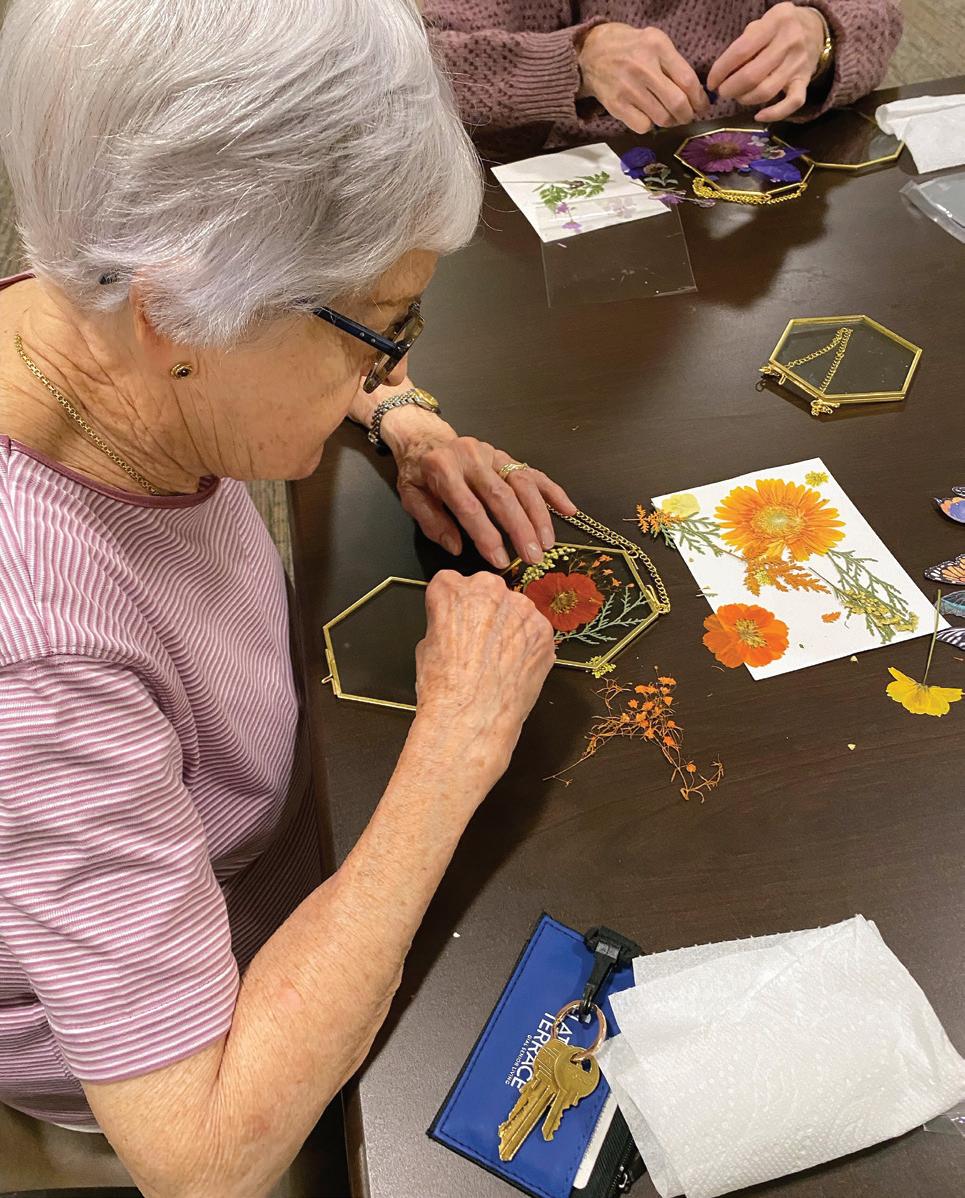
By Sarah Fuhrey Huber Aging at Altitude
Before she moved into senior living, Vivian Touve “didn’t have a creative bone” in her body, she jokes. Now, the Hover Senior Living resident looks forward to art and crafting classes offered in her community multiple times a week.
“I was as anti-crafty as you could be,” Touve recalled. “But the classes here are basic and so fun that I love to be actually making things, from painting to flower arrangements.” Even better, she said,
most classes wrap in an hour, resulting in “something we can display.” Thanks to her recent forays into art, Touve has adorned her apartment with a seasonal wreath, decoupaged candy bowls and original framed paintings.
Touve is one of the many seniors leaning into creativity long past retirement. With research showing that pursuing creative practices can improve mental and physical health, senior living communities are increasingly integrating arts programming into daily life to help residents flourish socially, emotionally and cognitively

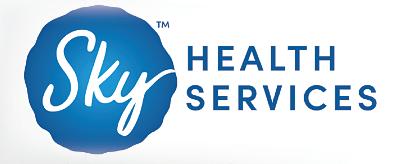
Specialized: Sky Health is a team of doctors, physician assistants, and nurse practitioners whose sole focus is on providing care to older adults
Personalized: We get to know you and your health history and personalize our care to meet your particular health needs.
Convenient: With 3 locations in Boulder County and the surrounding area we make it easy to access care.
Independent: We are a local, independent medical practice and can collaborate with area hospitals and specialty groups.
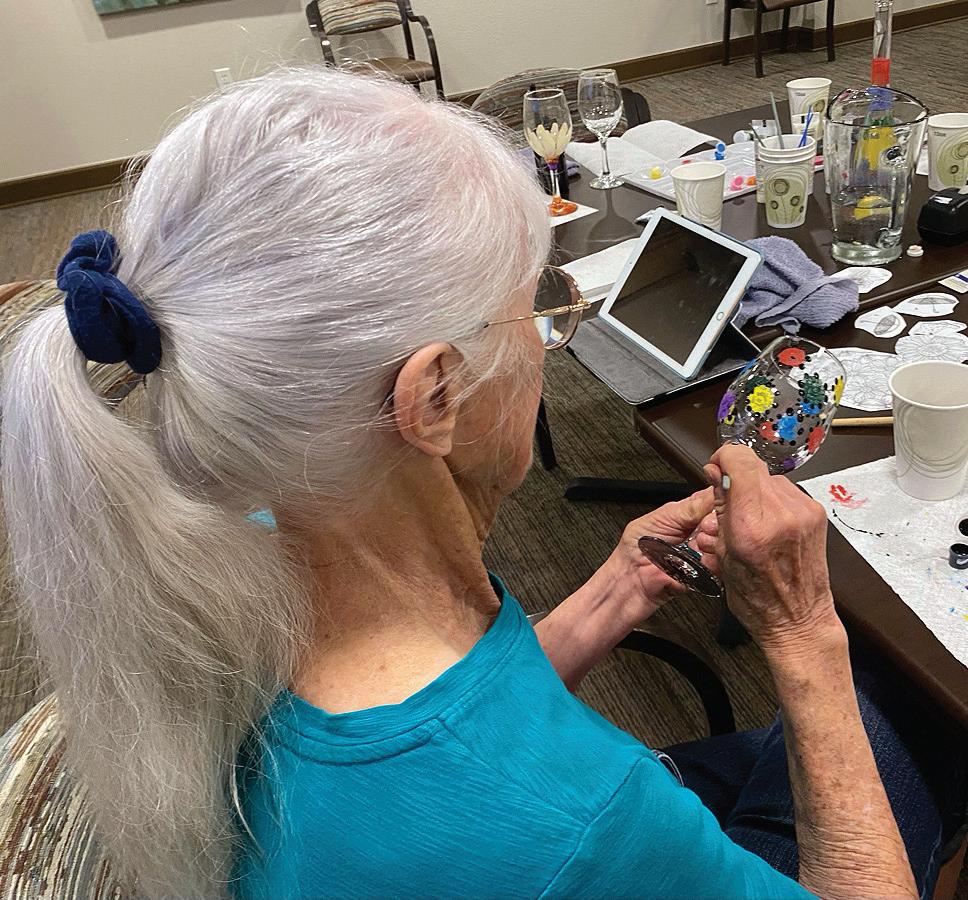
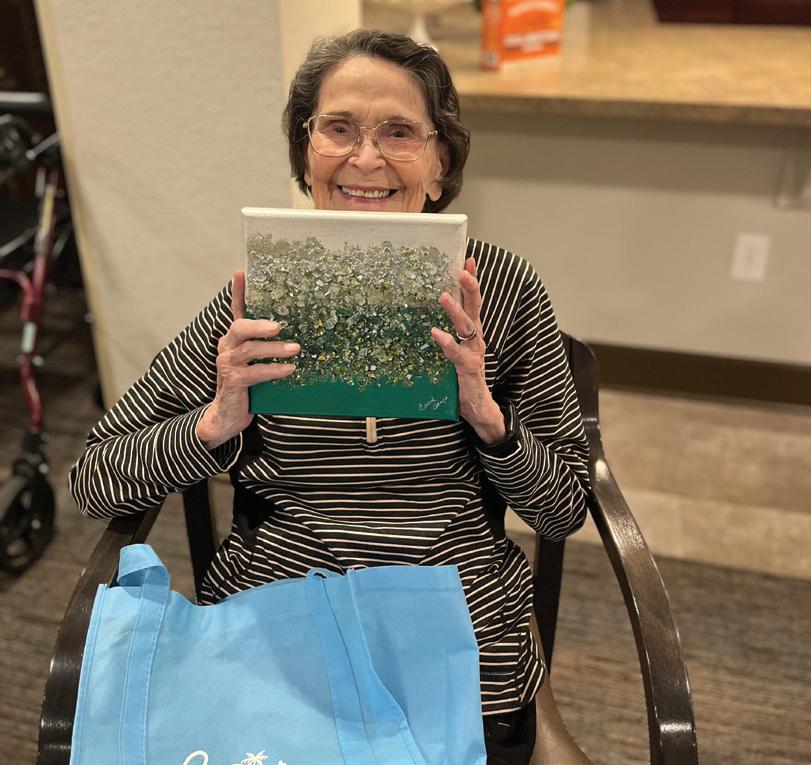
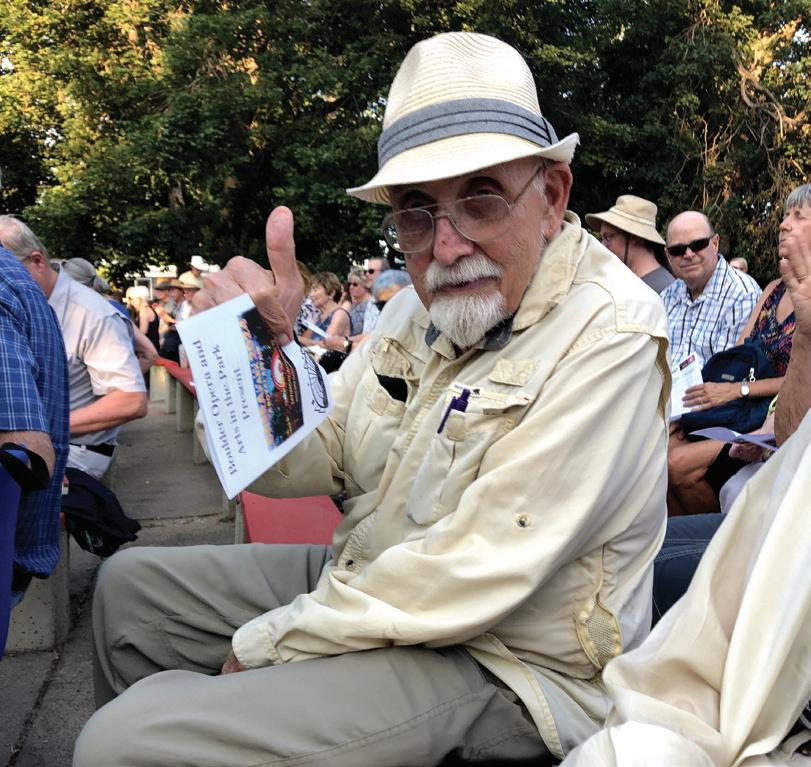
At Brookdale Boulder Creek, resident programs coordinator Trey Riley partners with residents to “train the muscles of our mind, metaphorically and literally,” he said. “I thoroughly believe in the idiom, ‘You don’t stop exercising because you grow old, you grow old because you stop exercising,’ and I believe the same
to be true for your mind. If we stagnate and let the world exist around us without actively being a part of it, parts of us atrophy.”
The creative programming Riley offers is designed to meet a variety of interests. Recent projects have included carving pumpkins, laminating leaves, making fresh pickles, a Nepalese
food tasting, knitting and crafting both friendship bracelets and ornaments.
Like others in assisted living, Beverly Seefeldt, a retired graphic designer at Brookdale, experiences physical limitations, but Riley said, “Bev still finds tactile ways to create art. She enjoys creating pieces involving flowers and festive
decorations for the holidays, as well as the act of decorating itself.” She also aims to “live vicariously through other artists” and said she appreciates the visual expression, passion and enthusiasm of those who bring creative presentations to the residents at Brookdale Boulder Creek.
Vickie Stotler-Smith, executive
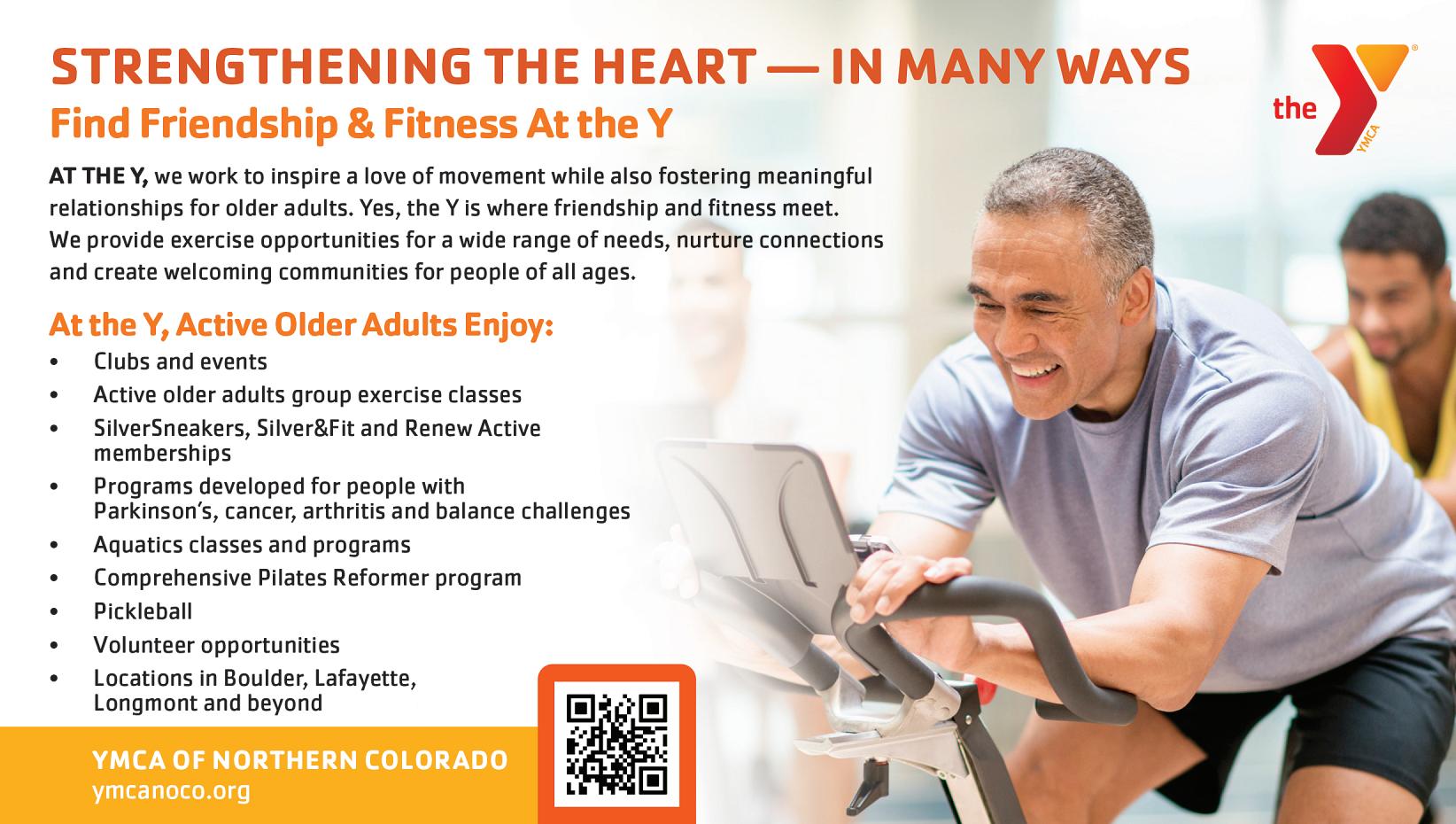

“It’s inspiring to see the joy, confidence and friendships that grow through creativity.”
director at Flatirons Terrace in Boulder, noted, “The arts remind us that imagination never fades – and it’s never too late to create something beautiful.” When the choral group or drama club takes the stage at Flatirons Terrace, “it’s always standing room only,” she said. When residents perform in the wider community, fellow residents are always in the audience to cheer them on.
“Whether it’s painting, crafting, singing or stepping into character for drama club, our residents are discovering new ways to express themselves and connect with others,” said Stotler-Smith. “It’s inspiring to see the joy, confidence and friendships that grow through creativity.”
At Balfour Louisville, Peggy Cruger has continued to develop
her passion for painting. “They have an art room with lots of supplies,” she said. She looks forward to designing elaborate costumes for the annual Halloween party, too. Cathy Briggs, life enrichment manager at Balfour, said, “It keeps the creative juices flowing and brings people together.”
For Touve, the social aspect baked into creativity is crucial. “It brings you out of your shell when you’re doing a craft, and you get to know people better And we have a lot of fun.”
Amber Fuller, life enrichment coordinator for Hover residents like Touve, said the mental and social benefits of dabbling in the arts are endless: “My job is literally making people happy, through creativity and other programming.”


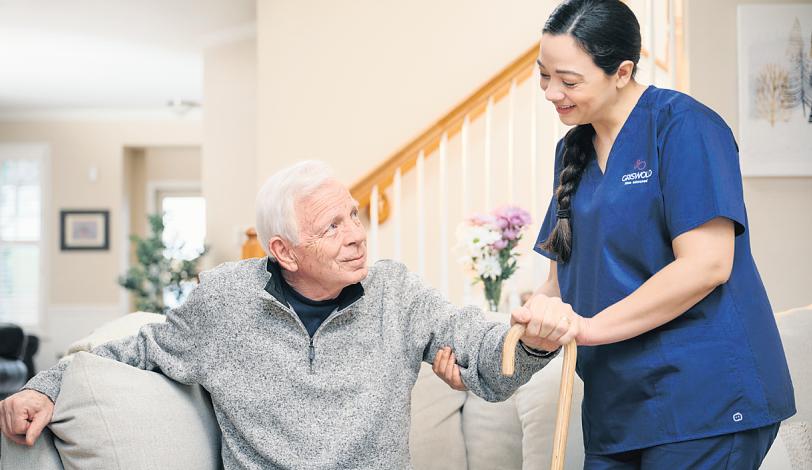


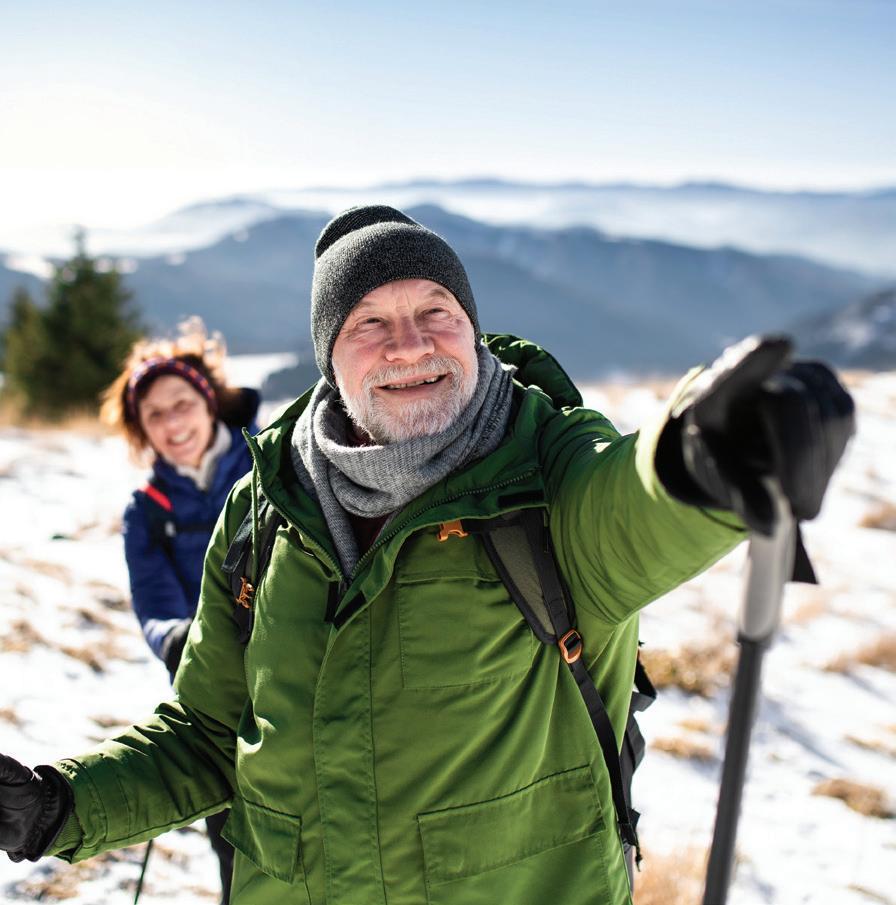
By Ross Maak Aging at Altitude
For many approaching retirement age, anxiety, uncertainty and questions abound.
How much is enough? Can I still afford to have fun? Will I be able to leave anything behind for my family? What are some of the common mistakes made as people look ahead to retirement?
“The biggest mistake is actually a combination of overestimating income and underestimating expenses,” said Ron Vejrostek, owner of Vejrostek Tax and Financial. “As you can imagine, that is a double whammy to most retirement plans.”
Taking some simple steps ahead of time can help.
“First, take stock of where you are financially, including your savings, income sources like Social Security or pensions and your home equity,” said President of the Retirement Mortgage Division of One Trust





















































Home Loans, Gabe Bodner “Then, map out your monthly expenses and lifestyle goals.
“Finally, work with a professional to create a plan that includes strategies for spending down your assets wisely.”
Both experts agreed that developing a plan is essential.
“One big mistake is not planning the ‘descent’ down the retirement mountain,” Bodner said. “People often spend their working years climbing the mountain … saving and investing … but most people don’t plan how to spend that money safely.”
So here’s what Vejrostek recommends:
“You keep approximately half your money in the stock market, with the other half you choose a variety of safe or at least safer investments,” he said. “Such things as money market accounts (some are currently paying around 4%), CDs and fixed or fixed indexed annuities. If the market is down at the time, we don’t want to take the money from there because then that locks in those losses forever.













“So in a case like that, we pull the money we need from the safe investments, thereby buying time for the stock portion of our portfolio to find its way back. It is not guaranteed, but the market always has rebounded back and then gone higher after a pull-back, so we can hope that will always occur.”
In general, Bodner categorizes retirement funds into three “buckets.”
1. Income Bucket: Use Social Security, pensions, rental income and annuities for everyday expenses.
2. Liquidity Bucket: Keep cash or a line of credit for emergencies or unplanned expenses.
3. Growth Bucket: Invest for future needs.
“A reverse mortgage fits beautifully here,” Bodner said. “You can set up a growing line of credit that gives you access to money, and the available funds increase as you age, plus the funds are tax-free. It’s like putting a
“You keep approximately half your money in the stock market, with the other half you choose a variety of safe or at least safer investments.”
faucet on your home equity, and you can turn it on when you need it.”
Vejrostek recommended the following steps as you head toward retirement:
• Control debt: Try as hard as possible to retire debtfree. You don’t need much money to retire on if you have no bills.
• Growth: Estimate your growth rate at a reasonable 4% to 5% depending on your risk tolerance.
• Do the math: Do a
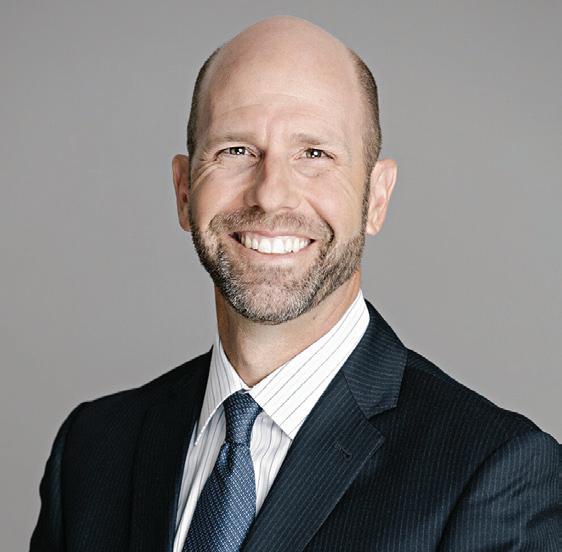
Gabe Bodner OneTrust Home Loans
retirement budget, then increase the “fun money spending” by 50% and then increase the entire budget by another 10%.
• It’s the principle: Don’t be afraid to spend a little of the principle. An example would be assuming you will live another 40 years. That means you could divide your money by 40, and

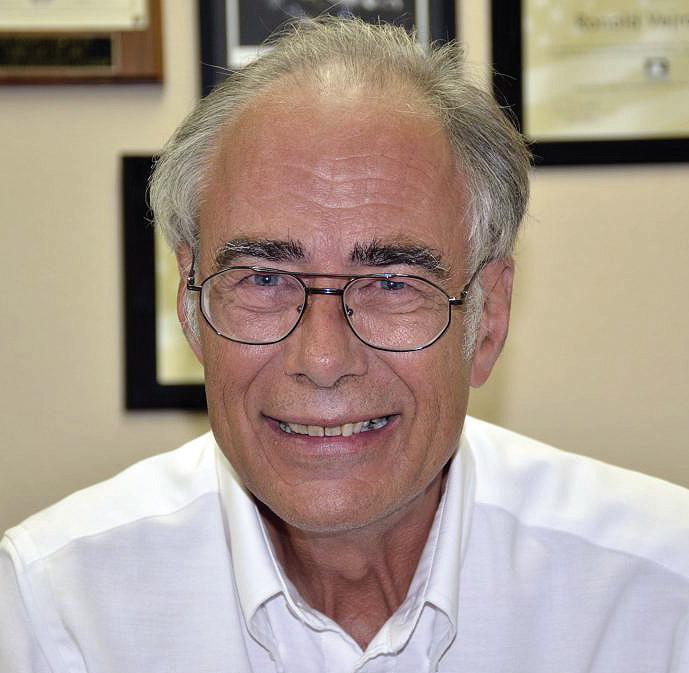
Ron Vejrostek Vejrostek Financial
that’s how much principle you could spend each year and not run out of money before you die. That’s not counting any growth, which will take care of the inflation.
So, take a deep breath and, as always, don’t be afraid to hit up the experts when you have questions.
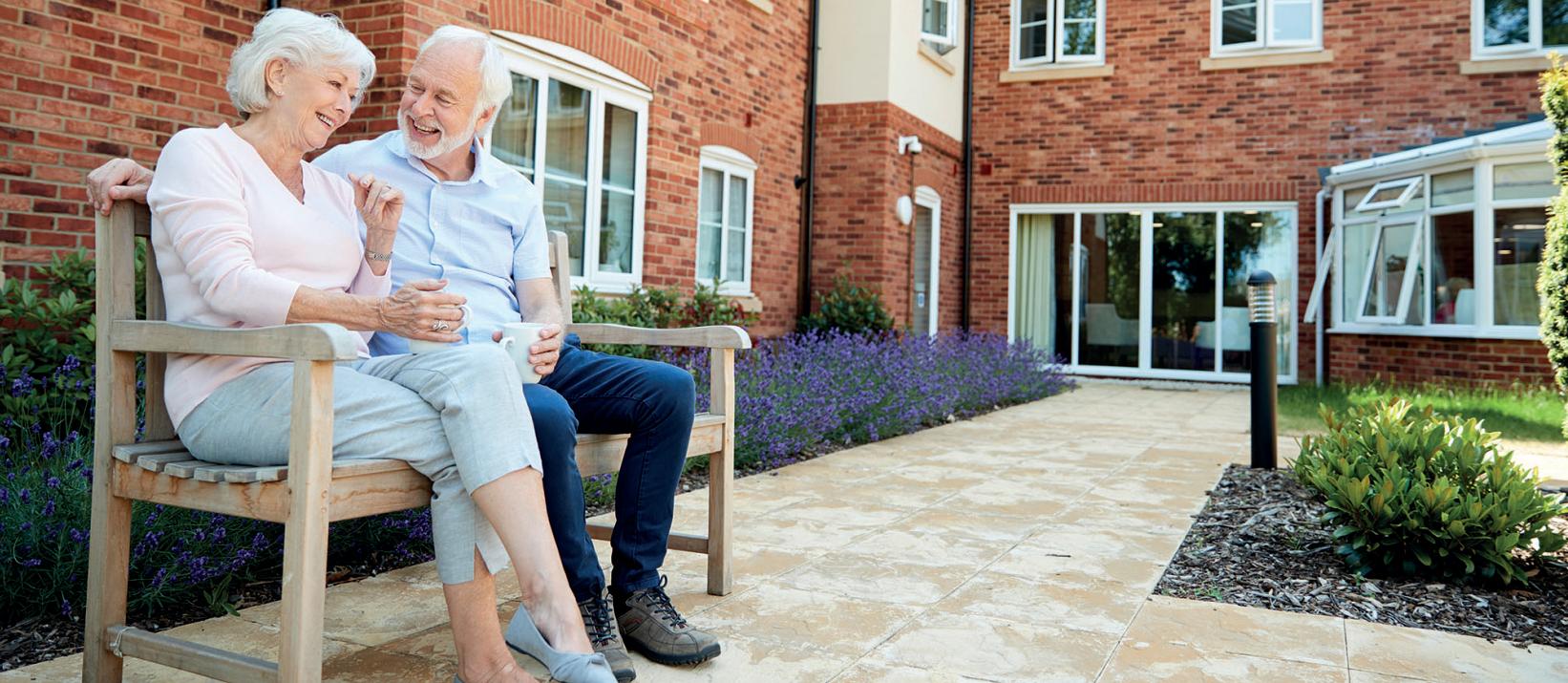
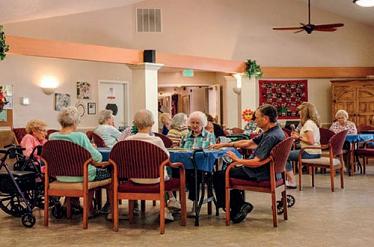

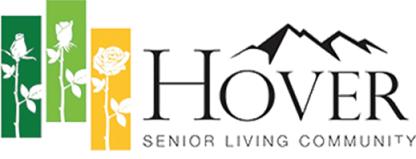
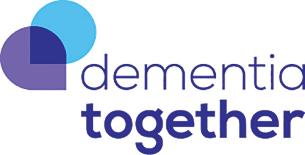







By Darren Thornberry Aging at Altitude
In its 2025 Wills & Estate Planning Survey, Caring.com finds that health is a primary motivation for Americans without a will to start estate planning. “Lifetime milestones (e.g., retirement or family expansion) and medical concerns are leading factors that entice individuals to plan out their estate.”
According to Trust & Will’s 2025 Estate Planning Report, just 31% of Americans hold a will, while only 11% have a trust. And 55% of Americans have no estate
“Estate planning isn’t just about your money or health-it’s about
ensuring your wishes are honored...”
plan. Perhaps unsurprisingly, the Report found that estate planning preparedness is strongly correlated with income: “Among those earning $250,000-$499,999 per year, 74% say estate planning is ‘very important,’ the highest of any income group. In contrast, only 33% of individuals earning under $25,000 view estate planning as ‘very important.’”
Estate planning isn’t just about your money or health – it’s about ensuring your wishes are honored,
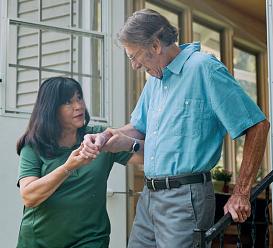


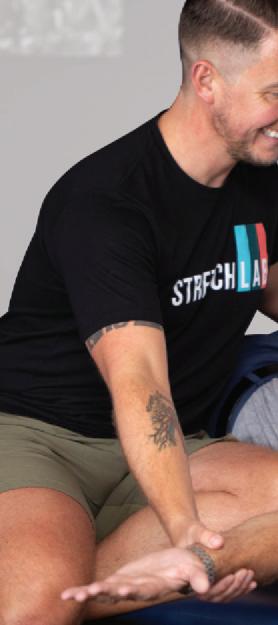

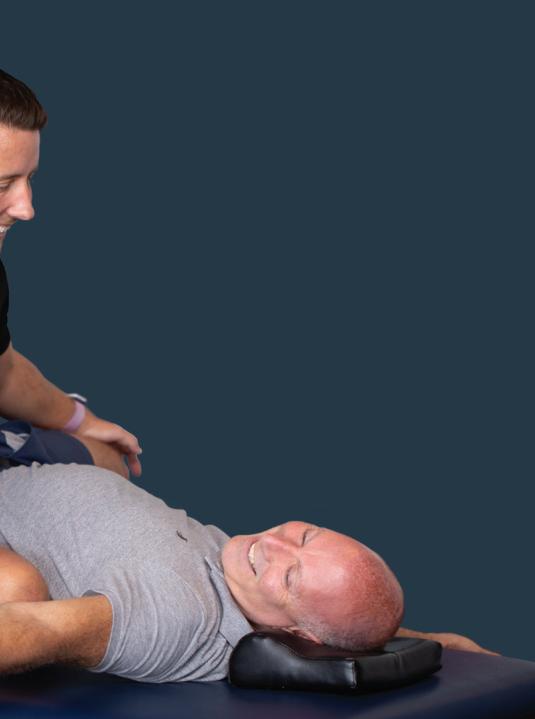
your loved ones are supported, and your family avoids unnecessary stress and costly probate battles. To help take the mystery out of the process and establish some simple steps to begin planning your estate, we’ve asked Becky Sawatzky, CPA, of TheFinancialCaretaker.com for some advice.
BS: Estate planning should begin as soon as you have assets to protect, whether that’s contributing to a retirement account or purchasing your first home. A plan should be made for how those assets get passed on if something unexpected happens. Starting a family is another important milestone that prompts the need for an estate plan. While many people delay estate planning until later in life, it’s important to put one in place sooner rather than later - BS
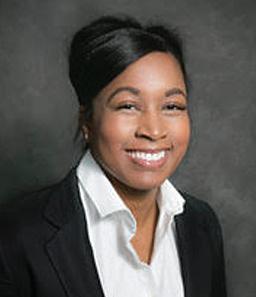
BS: It is hard to narrow it down to just one or two things, but I recommend having a well-drafted estate plan that clearly documents your wishes and communicates them to your family while you are living. Many people report that after a loved one passes, accessing computers, financial records, or IRS accounts can be extremely challenging, making it harder to access the resources they need. On the other hand, protecting against external threats such as identity theft and asset fraud is also important, as these threats can be devastating. Staying alert to these risks and regularly monitoring brokerage accounts, insurance policies, and other assets can help safeguard one’s estate.
BS: The Estate Inventory System is a digital tool that securely stores important life and estaterelated information in one place. It keeps track of where your estate planning documents are located, how to access your online accounts, who your beneficiaries are, which assets are included in your estate, your end-of-life wishes, and much more. Because it is a digital system, it can be customized to each person or couple’s situation and easily updated as circumstances change. Owners of an Estate Inventory System receive periodic reminders to review and refresh their information, helping ensure their records remain current and relevant. Completing the Estate Inventory System gives a gift of time and peace of mind to your family members or executor It
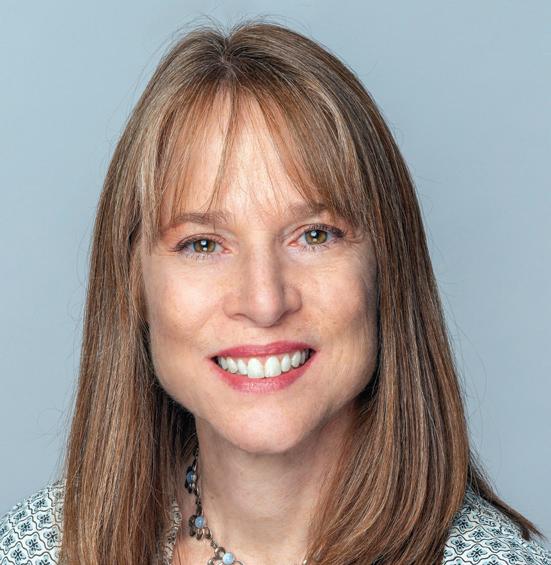
enables them to step seamlessly into your shoes – whether to manage your health and financial affairs or to navigate the estate settlement process more efficiently. Don’t wait for the “right time” to start your estate planning –the right time is now. Taking a few thoughtful steps today can protect your loved ones and give you peace of mind knowing your wishes will be honored.
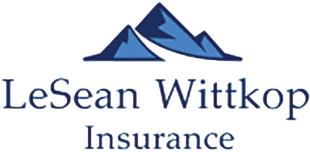

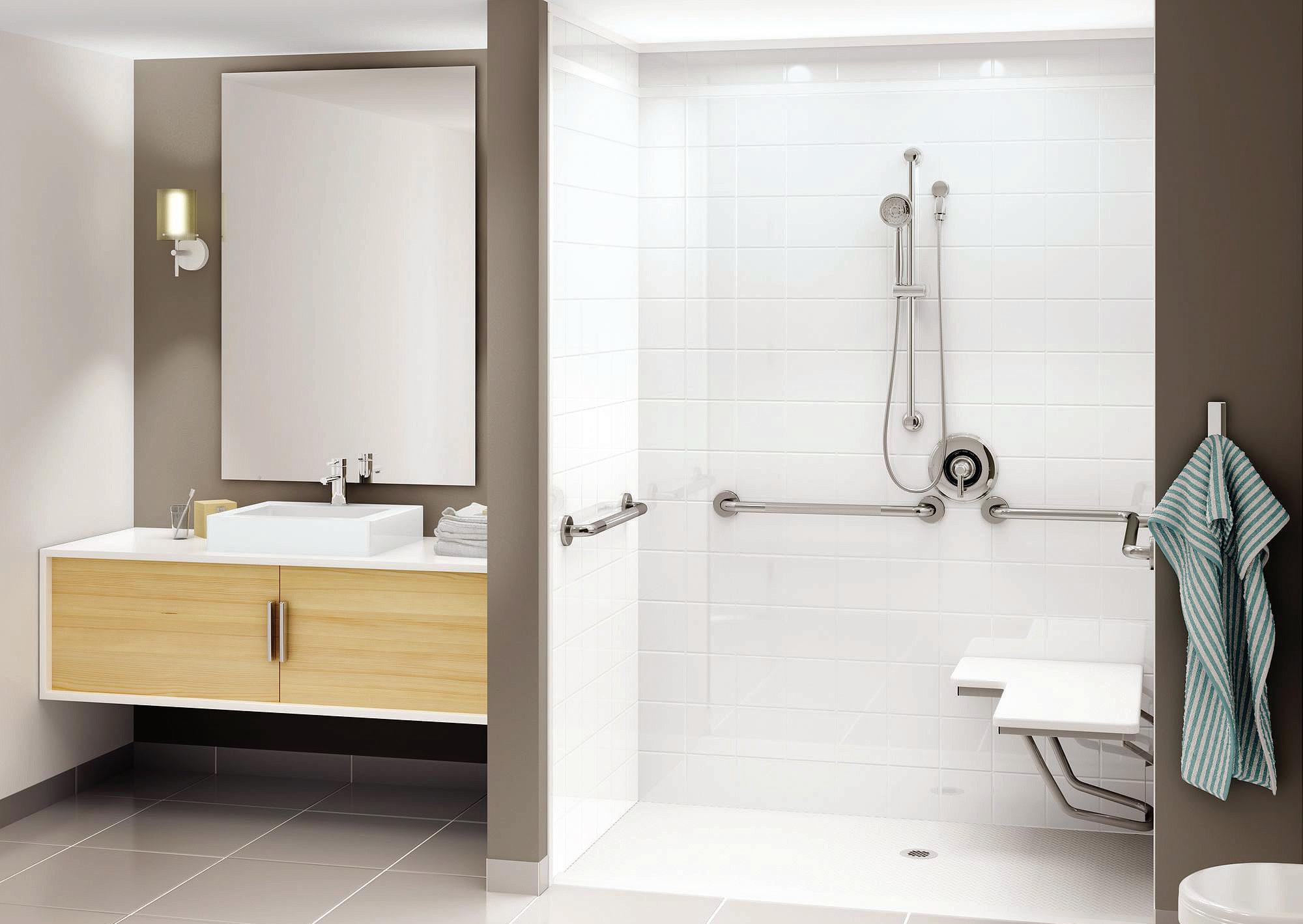
A few changes can go a long way for long term aging in place
By Adam Goldstein Aging at Altitude
Asense of home is about so much more than a physical location. It’s about a feeling of security and familiarity, of safety and comfort, elements that can make a key difference in physical health and well-being.
That’s why so many seniors who face fundamental changes in their lifestyles want to stay in the homes they’ve known for years. Aging in place can offer both mental and physical benefits for older adults, but it’s an option that often requires adjustments. Seniors facing issues tied to mobility, memory and access can find challenges tied to an older home, but that doesn’t mean they have to completely let go of a place they love.
Simple adjustments to a physical space can make a huge difference for seniors who want to remain in their homes. Simple tweaks to floors, doors, bathrooms, kitchens and even to storage spaces can make an older home more welcoming and more




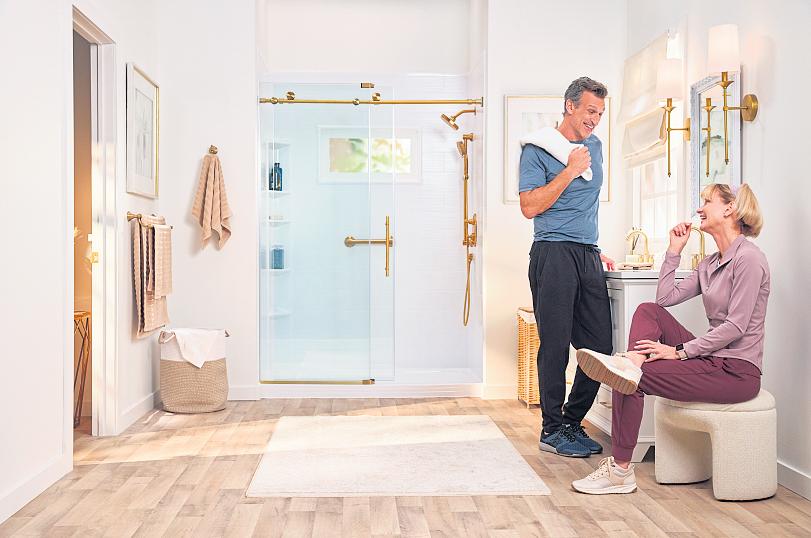

accommodating a senior resident. Here are five simple steps seniors and their loved ones can take to update a home for a different phase of life.
• Widening doors in a home can make a key difference for access, as can installing lever handles for easier access to a space. Getting in and out of a house easily and safely is a key component for those looking to age in place, and the best way to ensure this access is straightforward. Widening doors can provide more secure access, and replacing door knobs with lever handles can make a key difference for those facing arthritis or other issues. According to assistedliving.org, “accessible door handles allow seniors to open doors without having to grip knobs and twist them.” Local contractors like Renewal By Andersen can easily make such adjustments to a living space.
“Simplify, and practice the art of letting go.”
• Handrails and ramps: Handrails and ramps can reinvent a living space for someone facing accessibility issues, and they’re easy to install. Ramps – both inside and outside – can make a huge difference for seniors who can no longer tackle steep stairs, and handrails in corridors and stairwells can provide crucial assistance. According to assistedliving.org, “It’s common to install handrails in stairwells, but they can also go in hallways, along the kitchen counters and next to each exit.”
• Flooring: Frayed carpets, cracked tiles and obstructive thresholds can pose dangers to seniors with mobility issues, and are simple to fix. Boulder County businesses like McDonald Carpet One Floor and Home can work with a homeowner to install low-impact flooring, which offers a safer alternative.

Join Drs. Paige Andrade & Georgianna Hearne to explore the latest smart hearing technologies, including AI-powered and OTC hearing aids. You’ll learn how they work, their benefits and limits, and why expert care matters so you can maximize your devices and hear, and live, better.


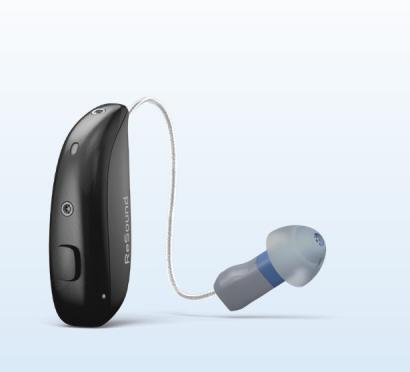



• Bathroom: According to spokespeople from Bath Fitter of Colorado and Southern Wyoming, “most injuries in the house occur from falls in the bathroom,” due to slippery surfaces and old, outdated tubs and fixtures. Bath Fitter is a local company that offers simple, straightforward bathroom solutions for accessibility, from installing handrails to updating baths and showers. “Safety concerns can be addressed with simple adjustments to the bathroom, such as converting the tub into a shower, creating easy-to-reach shelving, adding seating and installing ergonomic and clearly marked faucets.”
• Downsizing: Clutter can carry physical and mental perils for seniors. According to Beth Blacker of Boulder-based It’s Just Stuff home organizers, many seniors are hesitant to let go of physical objects, which can pose hazards both physically and mentally “There are so many seniors who cling to everything,” she said, adding that a living space crowded with objects that no one will use can pose a real risk. That’s why she encourages clients to simplify and practice the art of letting go. “They’ve loved these things and used them – but it doesn’t mean they have to hang on to them for the rest of their lives.”



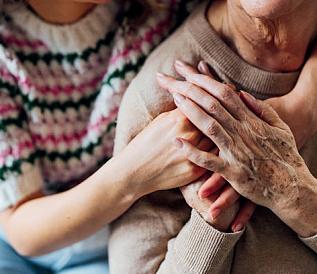
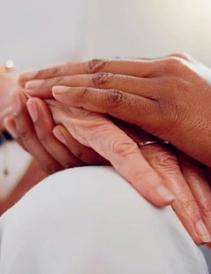
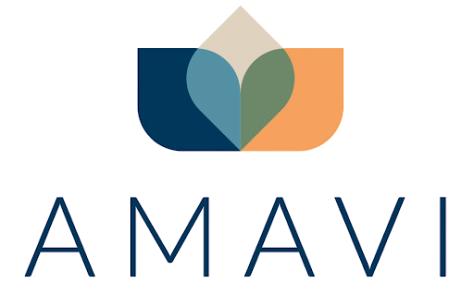

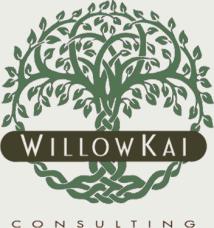
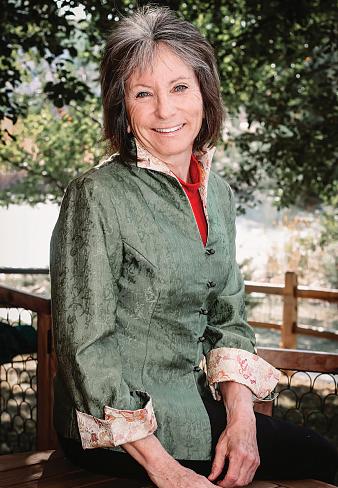
By Darian Armer Aging at Altitude
Choosing who will care for you or a loved one in the final months or days of life is a deeply personal choice. It can feel overwhelming and remembering all the things to consider and questions to ask can be difficult to do in the moment.
We spoke with Lilliann Osborne-Durst, CEO at Trailwinds Hospice to find out what should be considered and the questions to ask when choosing a hospice provider
Know You Have Options – The first thing to know when selecting a hospice is that you have options. “I think one people don’t know is that there are options. There’s more than one hospice you can choose from. It’s a very personal choice,” Osborne-Durst says. She recommends meeting with more than hospice and says to pay attention to the experience when setting up a meeting. She says to take note if you are put on hold for a long time and how quickly you can speak with someone.
Do Your Research – Osborne-Durst says a good way to quickly compare different hospices is to visit the website www.Medicare.gov/care-compare. You can compare multiple hospices at one time and look

at categories like conditions treated, level of care provided, family caregiver experience and quality of patient care.
Consider Caseload and Availability – While all hospice is required to provide 24/7 care, Osborne-Durst says each hospice delivers that care differently. “When people ask about our after-hours program we always let them know we have a dedicated nurse after hours and our service area is small. Ask any potential hospice
“Make sure you choose an organization that aligns with you and your values .”
provider if they have an average response time and if not, if they have a goal. You should also ask what their caseload numbers look like for their nurses? Do they have enough time to tailor care specifically to you or your family member?”
Start Planning Early – “It’s always best to be prepared and part of the decision,” says Osborne-Durst. “Anyone is able to call and request information from a hospice. A great place to start is with your doctor.” You don’t













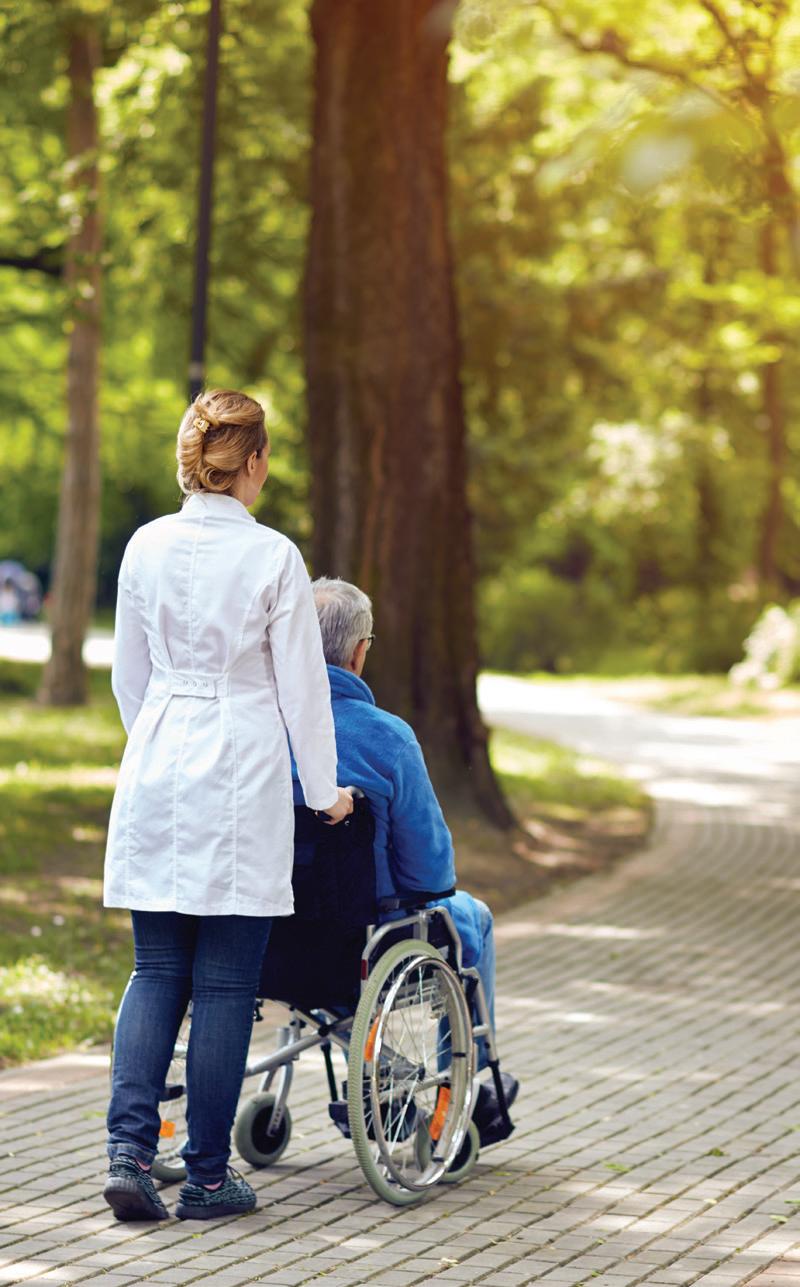














have to wait until you find out you have an advanced illness that affects your quality of life.
Trailwinds was founded in 2017 by local boulder residents who had been in the hospice industry and watched numerous small hospices be purchased by larger corporations.
“They watched it deteriorate the quality and culture of care. After they went through a third buyout they decided to start Trailwinds as a community-based hospice. It was started very small by three local women and now there are four of us,” she says. “We are one of only two five-star hospices in the state of Colorado. For a while we were the only one.”
The five star rating is established by Medicare and family satisfaction surveys administered by a third party
“We are committed to providing our community end of life care with compassion, love and understanding. When it comes to choosing a hospice provider they are all required to provide certain things, but it’s the delivery of those services that matters,” Osborne-Durst says. “Make sure you choose an organization that aligns with you and your values.”
For more information and to learn about Trailwinds Hospice, visit trailwindshospice.com.






























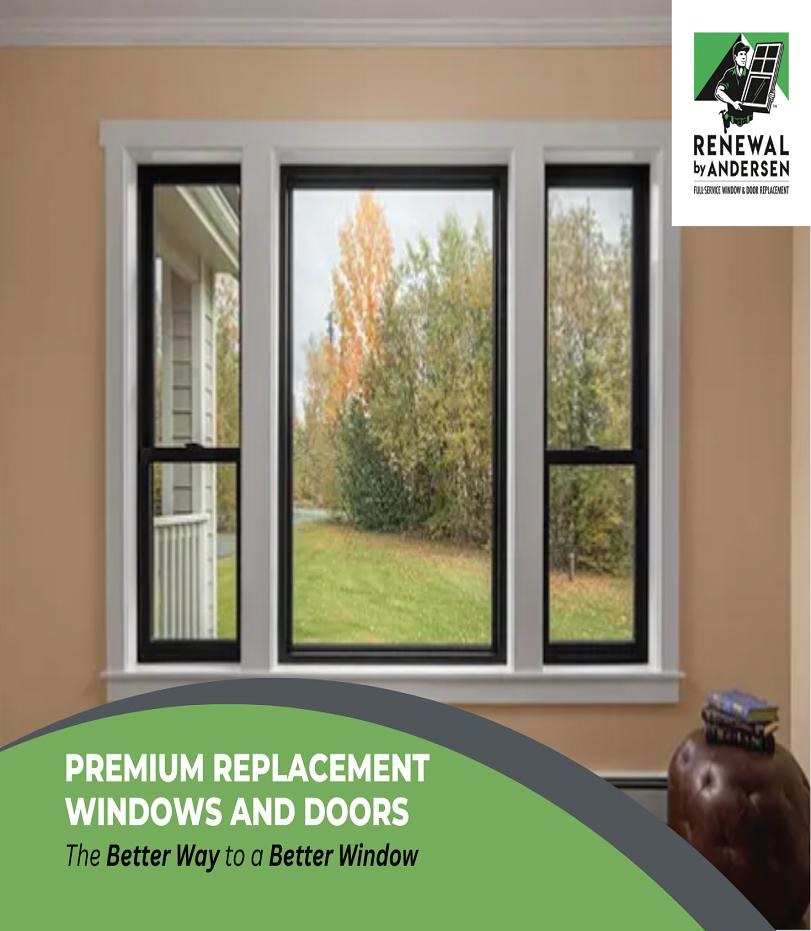
AgeWise Colorado is designed to offer seniors a searchable set of vital resources that aren’t based on advertising or algorithms. The website offers a wealth of information and resources, from service providers to educational webinars, and all of the included services are vetted and verified. Unlike the major online search engines, the services listed on AgeWise aren’t based on advertising. “Think of us as the vital bridge between those new, and possibly uncomfortable, aging experiences and the helping hands on the other side,” said AgeWise spokesperson Bob Brocker “There is a constantly flowing river under that bridge; you’d rather not fall in.” // agewisecolorado.org
The Boulder County Area Agency on Aging offers a wide umbrella of services, resources and options for seniors with all needs. In addition to a list of resources that cover the gamut from caregivers to veterans services, the AAA also offers direct aid to Medicare beneficiaries and residents of any age who live in a long-term care facility The agency isn’t solely focused on Boulder’s senior population – they also foster partnerships and education programs around subjects like elder rights and community partnerships. What’s more, the program’s healthy aging resources offer valuable guidance about staying active, energetic and engaged for participants of all backgrounds. // bouldercounty gov/departments/communityservices/area-agency-aging
The cost of transportation can be a major hurdle for seniors looking to lead an active, engaging lifestyle. Between the cost of fuel, parking and upkeep, driving can be out of reach for many, and that’s where Boulder County’s Mobility for All program comes in. According to its mission statement, the program seeks to “promote accessible, affordable and equitable multimodal (transit, bike, etc.) transportation options for residents of all ages and abilities.” Through Mobility for All’s diverse programs, participants can learn how to navigate public transportation, find excursions and better understand the technology connecting them with vital transportation services. // bouldercounty.gov/transportation/ multimodal/mobilityforall
TRU PACE Care offers seniors care, resources and stimulation with the goal of allowing them to remain in their homes. TRU PACE offers what they refer to as “all-inclusive care,” which includes primary medical care, medication management, physical therapy, specialty services, in-home care, social work assistance and transportation to and from the TRU PACE day center. Seniors can access all of these services as they stay in their homes, and TRU PACE offers a consolidated model of care. The reason behind the central approach is that “by having all of these services in the same place, it’s easier for participants, and they’ll also enjoy a higher standard of care.” // pace.trucare.org



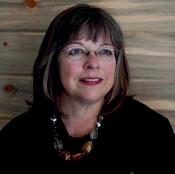
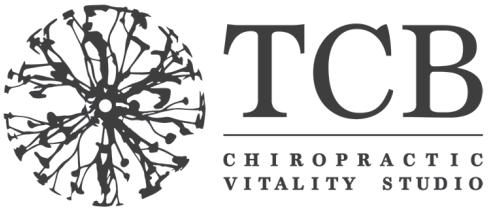


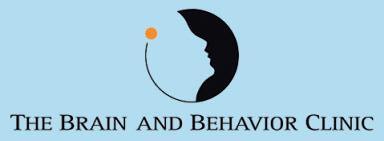
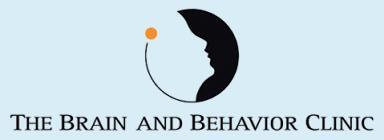

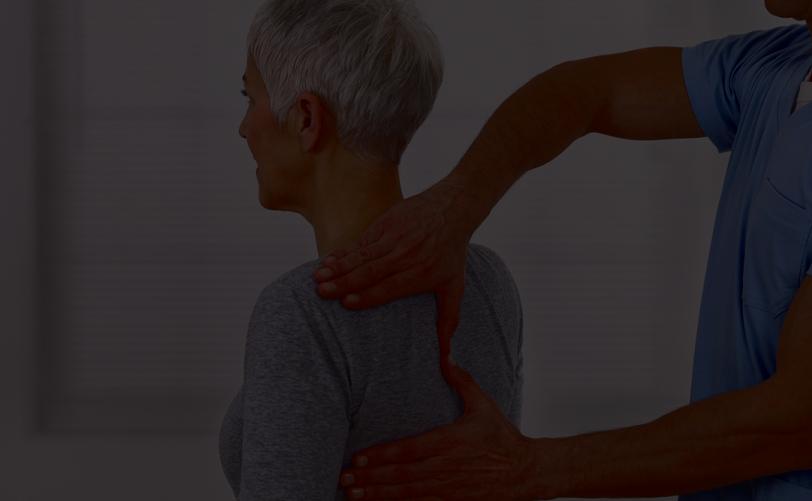




By Matthew Van Deventer Aging at Altitude
Unfortunately, Medicare is not a one-size-fits-all program. It’s more of an ever-changing array of options to pick and choose from. In 2026, there are several major changes that seniors will need to pay close attention to so they can continue to get the care they need without breaking the bank.
LeSean Wittkop with LeSean Wittkop Insurance said in 2026, seniors will still see Medicare Advantage, prescription drug plans and Supplement Plans offered, but some plans may no longer be available For example, some rural communities may see fewer options, and some carriers have eliminated plans. UnitedHealthCare, for one, will be discontinuing its PPO.
Wittkop also said there will be a “shift” in prescription drug plans.
“Those members that are currently enrolled in plans leaving the market or seeing changes that will have a significant impact on their coverage should find a new plan going into the new plan year,” explained Wittkop
Wittkop stresses the importance of seniors reviewing their plan information every year around this time to stay up to date on changes. Throughout the year, insurance carriers evaluate plans and make changes accordingly Reimbursement rates change, market shifts, and other factors all contribute to fluctuations in plans.
Medicare largely covers medical expenses with parts A and B. Part A covers hospital bills and Part B covers most other bills, explained Ron Vejrostek, a financial consultant and Medicare agent with Vejrostek Financial.
Because Part A covers just 80 percent of the approved Part B costs, many people will opt for a supplemental plan, the most popular of which are Plans G and N.
Under Plan G, continued Verjostek, all Medicare-approved expenses are paid after the $288 deductible is met and cost a 65-year-old $104 or more every month. Plan N is slightly less, but it comes with co-pays.
In 2026, regardless of which program they pick, everyone will pay the Part B monthly premium, which has increased by 11% over more than 10 years to $206.
Another option, which Verjostek
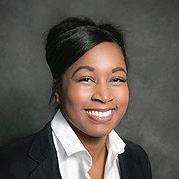
LeSean Wittkop LeSean Wittkop Insurance
said people often see on television, is Medicare Advantage. This plan trades premiums for co-pays at most visits and procedures. A specialist visit could cost $20$50, while a hospital stay could run someone $250-$500 a day for up to six days. The “hospital indemnity” plan for $20 a month covers hospital co-pays. Whatever your needs, Verjostek cannot stress enough the importance of reviewing your plan. If you’re dropped from your plan because it will no longer be offered in 2026, like the UnitedHealthcare PPO, you will not be automatically enrolled in a

Ron Vejrostek Vejrostek Financial
new plan.
Further, if they don’t sign up for their drug plan, Part D, after 63 days, they will start accruing a 1 % penalty for every month that they do not have a drug plan to they sign up for a new one, a penalty that will stay with them for life.
“If the consumer doesn’t choose a new plan, they will revert to only having Parts A and B with no supplemental coverage,” said Verjostek. “That could be financially catastrophic for many people. So my best advice is get together with a live local agent –they know the local markets best.”
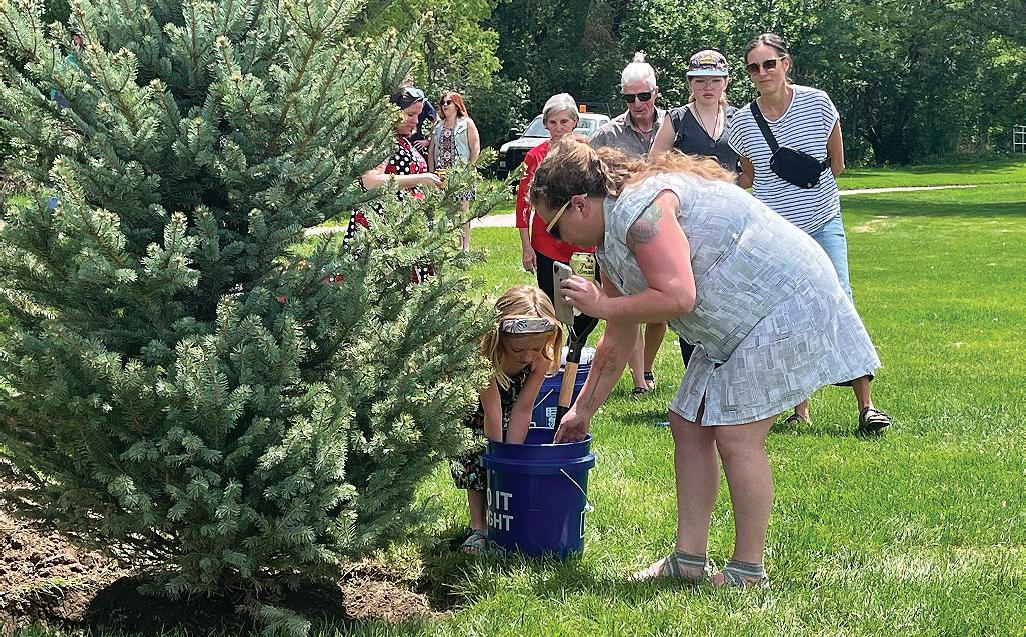

By Linda Thorsen Bond Aging at Altitude
Planning funerals and burials are among the hardest things people ever face. There’s the loss, of course, but there’s another element. The survivors may ask themselves the question, “Am I doing what my loved one would have wanted?
Greenwood & Myers Mortuary and The Natural Funeral offer two distinct ways of approaching funerals. Their methods may differ, but they agree on one thing: planning makes all the difference.
Mike Greenwood of Greenwood & Myers Mortuary takes a




traditional approach to burial, while Mike Reagan of The Natural Funeral offers ecological solutions. Both believe preplanning is very important.
“Preplanning takes the burden off survivors of making decisions,” Greenwood said. “There’s the burden of not knowing what your loved ones wanted. Then there’s the financial burden of unexpected expenses and the emotional toll. Preplanning gives you peace of mind knowing what your loved one wanted rather than not knowing what to do.”
Reagan said, “Many families come to us in the midst of loss, and we do all we can to help them move forward. Often, though,
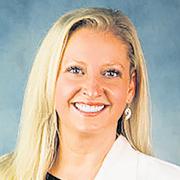
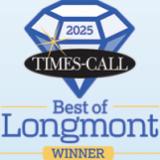



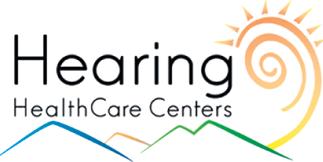
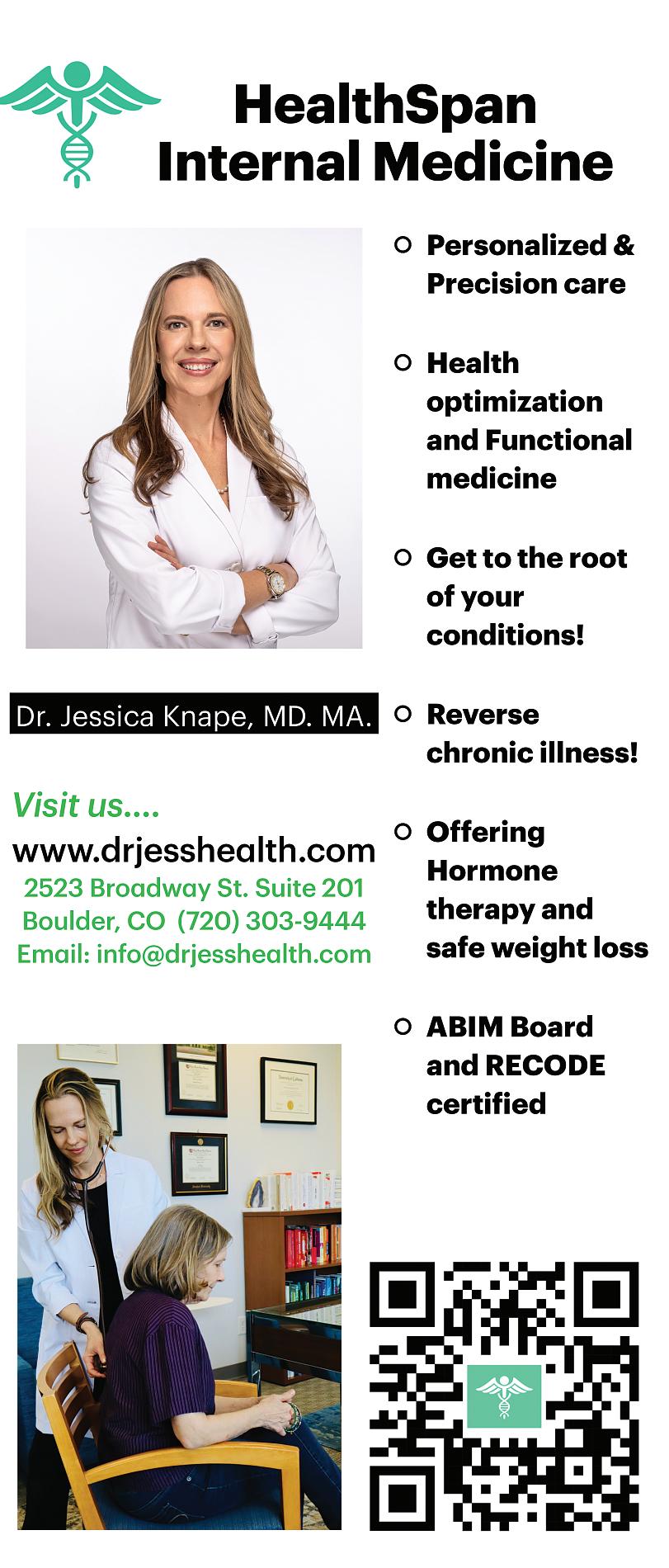
they’re unsure of what their loved one would have wanted, and that uncertainty can create tension or conflict at a time when everyone is already vulnerable. When someone dies, it’s one of the hardest moments their family will ever face, and the weight of making decisions can distract from what really matters: finding peace, being present with their grief, and honoring the person they love. When plans are made in advance, families are freed from those burdens. They can focus their hearts and energy on remembering, celebrating, and beginning to heal.”
In addition to helping the family, preplanning means each person lets their desires be known. Greenwood said the mortuary offers online forms and counselors as a good starting point. “Each person can help create their own obituary with information about parents, family members, work and education. They can talk about their wishes, such as visitation, burial or cremation, a service at the funeral home or in a church, final disposition, and the reception. They can design the service so that they have music, poems or other readings, interests or hobbies, themes, foods or beverages, special stories, personal thanks or even a theme.”
Reagan said, “Through the process of advance planning, people have the opportunity to talk about what truly matters to them, whether that’s exploring eco-friendly options,
“Preplanning gives you peace of mind knowing what your loved one wanted rather than not knowing what to do.”
honoring religious traditions or reflecting cultural values. These conversations ease the weight of decision-making for loved ones when the time comes. Preplanning is, in essence, a loving way to clearly communicate your wishes. Our planning consultants help individuals and families put thoughtful plans in place that reflect their values and priorities, ensuring that their final wishes are respected and carried out with care.”
Preplanning also decreases the economic impact on the survivors. Reagan said, “While the cost of funeral services rises over time, preplanning and prepaying locks in today’s price for the services an individual chooses. The funds are securely held in trust through a licensed insurance company, so they’re protected and available when needed, even if the person covered by the policy moves away. Our planning consultants guide families through this process, giving them peace of mind that everything is taken care of when the time comes.”
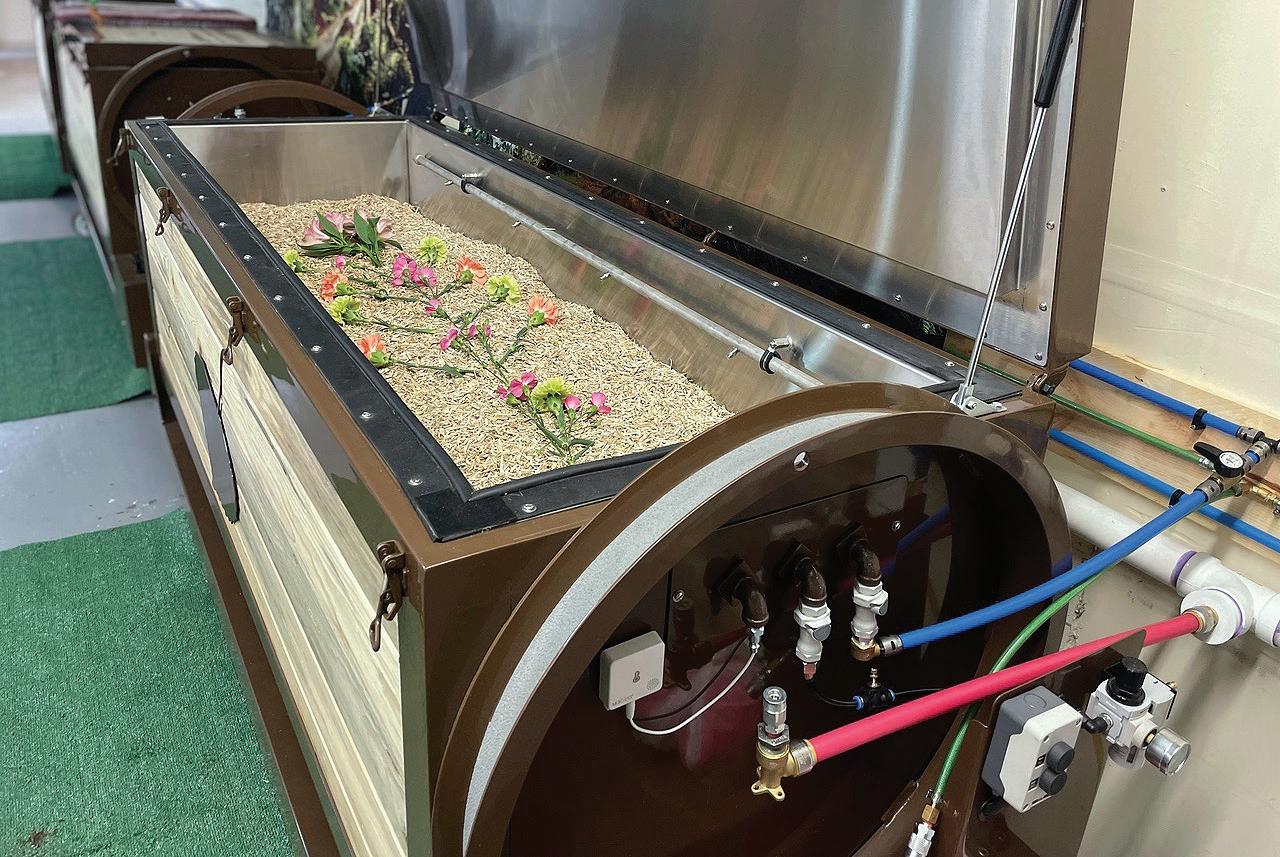
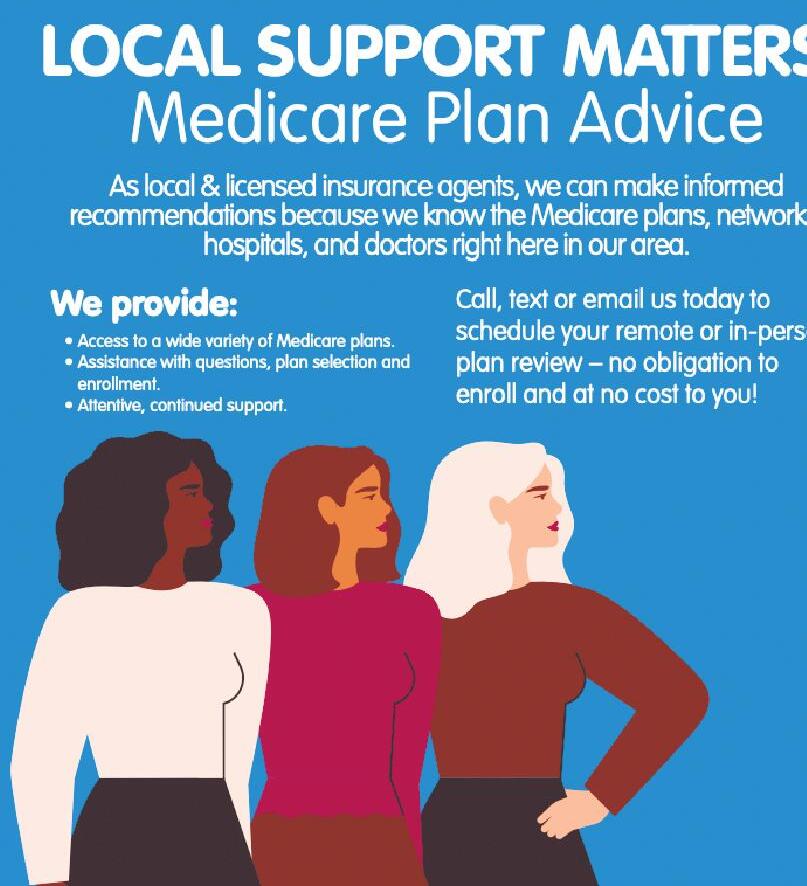











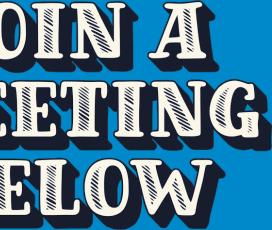
MEADOWS LIBRARY
4800 Baseline Rd Boulder, CO 80303
BROOMFIELD COMM CTR 280 Spader Way Broomfield, CO 80020
NEW WEST PHYSICIANS 11552 Sheridan Blvd Westminster, CO 80020
DENVER TECH CENTER
169 Inverness Drive West Englewood, CO 80112 (1st floor conference room)
THURS 10/9 MON 10/20 THURS 10/23 THURS 10/16 THURS 10/23 MON 11/10 TUES 10/28 WED 10/29
TUES 10/28 11:00 AM - 12:00 PM WED 11/5 11:00 AM - 12:00 PM


Italian Eatery October 21 , October 29 or November 4 5:30 - 7:00pm 4800 Baseline Rd A-104, Boulder, CO Ironwood Bar & Grille @ Flatirons Golf Course October 13 or October 20 5:30 - 7:00pm 5706 Arapahoe Ave, Boulder, CO 1:00 PM - 2:00 PM 5:00














